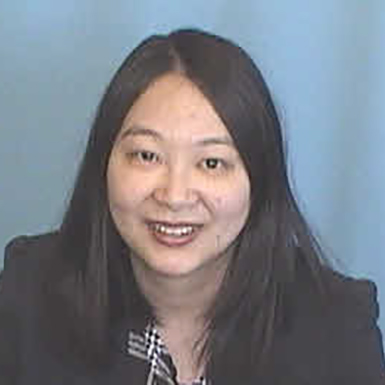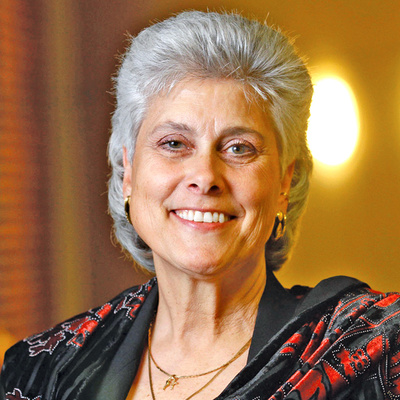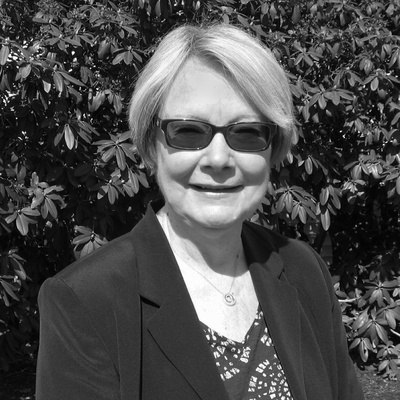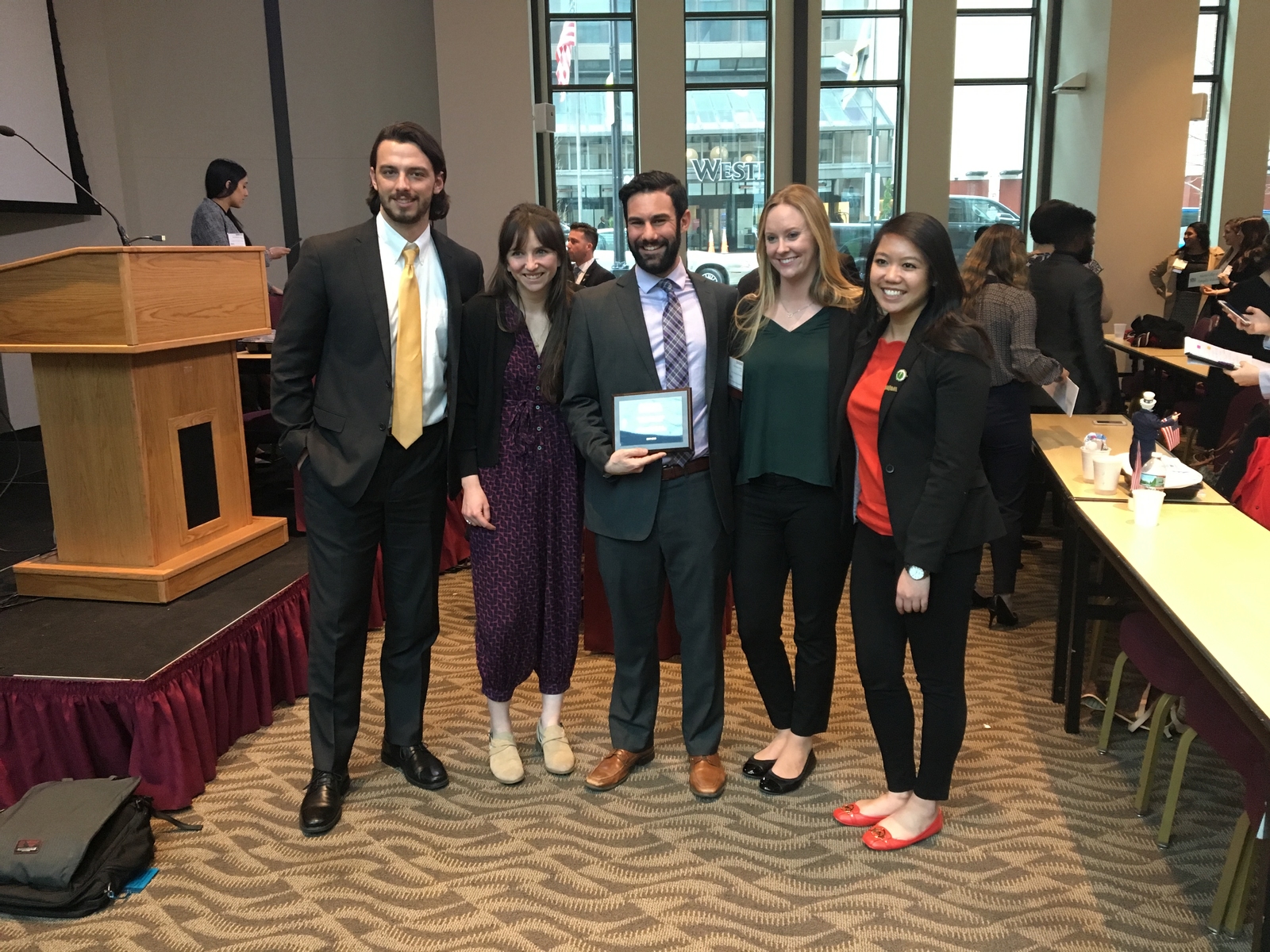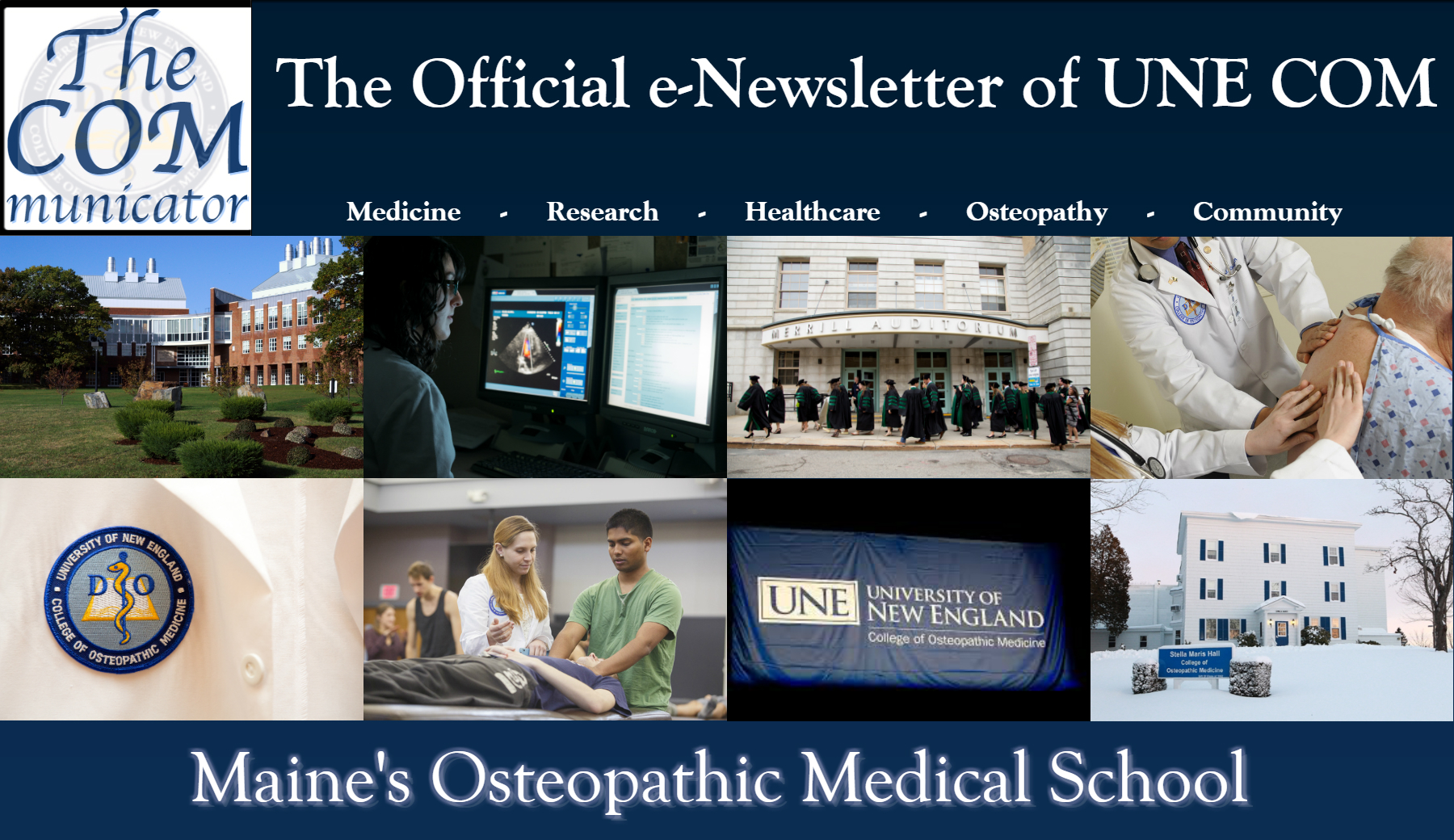
The Microscope
This issue of the COMmunicator features:
- Event Article: Interprofessional Learning at Mercy Pain Center
- Spotlight Story: Poetry and Medicine
- In Good COMpany: The Who's Who in COM
- Campus Circulation
Event Article
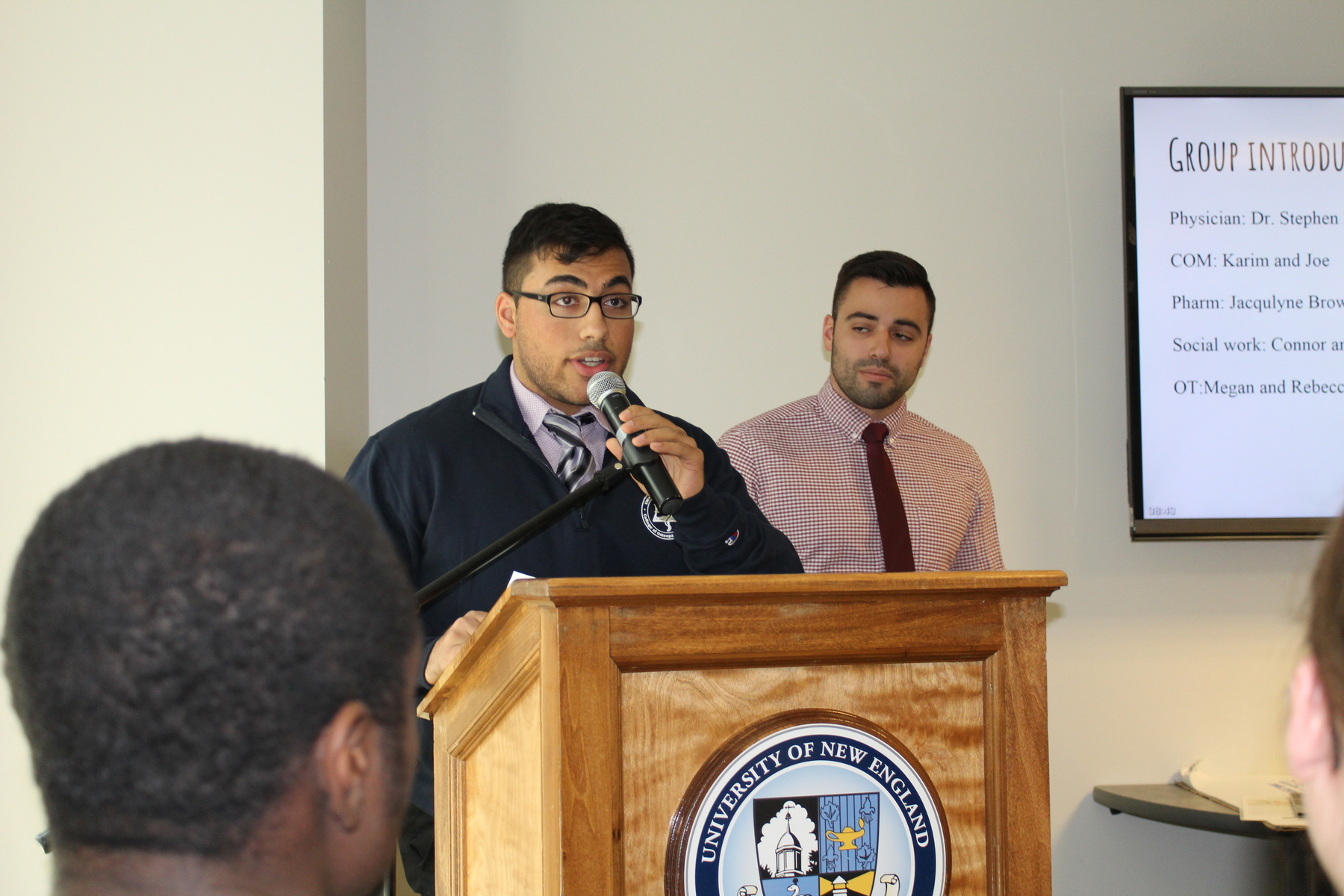
Interprofessional Learning at Mercy Pain Center
supervised student pain clinic
What is pain? What does it mean when a patient has pain, and how do you treat them? These questions and more informed the Student Pain Clinic at Mercy Pain Center in Portland, ME. Interprofessional teams of students from the College of Osteopathic Medicine, Social Work, Pharmacy, Occupational Therapy, and Physical Therapy spent their Spring semester working with patients living with chronic pain. Through the “Supervised Interprofessional Student Pain Clinic” program, led by COM faculty, Ling Cao, M.D., Ph.D., students worked together to meet, formulate, and carry forth a treatment plan for patients at Mercy Pain Center. One of the goals of the program is to train students in an interprofessional environment so they can work collaboratively in the future.
On Wednesday, April 18, the Portland and Biddeford Campuses held a joint presentation of their findings and to divulge what they learned during the whole interprofessional experience. To start things off on the Biddeford campus, Dr. Cao introduced the program and invited one of the teams to the podium to present their findings. The team consisted of two COM students, Karim Abdel Jalil, OMS I, and Joseph Cappuccio, OMS I, along with Jacquelyne Brown (Pharmacy), Ashley Emery (Social Work), Rebecca Lanham (Occupational Therapy), Megan Samuelson (Occupational Therapy), and Connor Tyrrel (Social Work) who were video-streamed in from the Portland Campus. This particular team met with a patient who was experiencing chronic pain (back, hips, knees, etc.). The patient initially met with the Pain Clinic doctor, Stephen Hull, M.D., and his assistant, Emily Surette for her physical exam. The patient then met with the interprofessional team to come up with a treatment plan, and would check-in periodically in subsequent appointment to assess the patient’s progress. The team has additional meetings to discuss the treatment plan (which could include Osteopathic Manipulative Medicine (OMM), Psychology appointments, Occupational and/or Physical Therapy, etc.). Student doctors Jalil and Cappuccio presented on the Biddeford Campus, while their teammates added their findings according to their professions via livestream from the Portland Campus. Their involvement in the program had two main objectives: first, to understand other professions and to challenge any preconceived notions. Secondly, to improve communication among health professions in order to enhance patient outcomes, or to ensure continuity of care.
To illustrate the benefits of working interprofessionally, they had the audience break out into groups of seven. Each group member was given a picture and instructed not to show their peers. They then had to describe their photos to determine which ones had a more zoomed-out perspective (big picture), versus which photos had a very zoomed-in perspective (particular/specific). The groups then put the pictures in order based on these descriptions. For instance, one person described a picture of a person holding a magazine, one of a person setting up a model village, one of a rooster, and then a non-distinguishable shape. It turned out that the village was on the cover of the magazine, the rooster was in the village, and the non-distinguishable shape was the rooster’s comb. What they ultimately learned, and was the point of the exercise, was the limitations of our own framework and perspective. Experiences create reality, so different disciplines view pain and the treatment of that pain in different ways. Because health professionals view a particular case from the perspective they were trained, it is important to remember to “zoom-out” in order to see the whole picture, and how to incorporate different disciplines into viewing the patient more holistically.
Interprofessional Education Collaborative (IPEC) is an avenue for getting all treatments together, and for students to understand what the other disciplines bring to the table. Occupational Therapy (OT) focuses on improving activities of daily life (ADLs), while Social Work looks at how the patient’s pain impacts mental health, and seeks a home/work/social balance through the development of a holistic healthcare plan (mindfulness, yoga, psychologist, etc.). In addition to OMM options, COM students offer the coordination of care and should overall have the broadest perspective. Pharmacy looks at treatment options through pharmacology, and because this particular patient wasn’t interested in narcotics, the role of the pharmacist in this case was to point her toward other healthcare disciplines, describing what they might have to offer, and to advise any future prescription treatment. Although working as a team has many benefits, when communication breaks down, the team can ultimately fail their patient. This concept was illustrated by the parable of the blind man and the elephant. The blind men, not knowing that they have an elephant in front of them, all see the various elephant parts differently (a rope, fan, spear, snake, pillar or wall depending on what they feel in front of them). It is important to recognize this pertains to patients as well. When patients describe their pain, it is important to remember to listen. Pain is very subjective, and it is easy to lose sight of how pain is impacting the patient in front of you. Student Doctor Karim described living with pain as having a hand directly in front of your face so that it is ever-present and inescapable. The goal in treatment isn’t necessarily to take the pain away, as sometimes this is impossible, but instead to bring the hand further away so that the patient is able to enjoy aspects of living. By working together, the different approaches to treating and addressing chronic pain were made abundantly clear.
The next team to present worked with a patient with fibromyalgia. The team consisted of COM students, Archana Anandakrishnan, OMS I, and Osaevbie Woghiren, OMS I, as well as Geoffrey Brewer (Social Work) Pierre Hanna (Pharmacy) David Koenig (Social Work) Erin McLaughlin (Occupational Therapy) Morgan Mitchell (Occupational Therapy) from the Portland campus. Initially, the team met with the patient, after Dr. Hull’s physical exam, and tried to build a treatment schedule that the patient could follow. At first, this included aspects of both the mental and physical realms (i.e. PT, OT, psychology, medication consultation, osteopathic manipulative treatment (OMT), etc.). What the team saw is that the patient made her initial appointments, but eventually fell out of contact. One possible reason for this may have been a lack of rapport with the patient and feelings of being overwhelmed. At their first meeting, the patient had a number of health professionals asking her questions and one thought was to perhaps next time identify one or two representatives to initially meet with the patient. Because of this, and the short amount of time in the first visit to build rapport, the patient may not have felt that her feelings were being validated. This was a patient who was already stigmatized with the fibromyalgia diagnosis, and she may have become discouraged to continue her treatment. Another challenge was the number of appointments the patient had scheduled. Having so many appointments may have been reaffirming her diagnosis, instead of making her feel that she was improving. The team told the audience that next time they would look at perhaps handouts or at least addressing what the patient can do in the meantime (in between appointments) to help her feel empowered, and focus on things she can do for herself.
For both teams, the experience was a great learning experience, and allowed them to get out of their disciplinary bubble and hone in on their skills working with professionals outside their own colleges. The students seemed excited by the prospect of participating in more IPEC programs and learning from each other to help them see things from another’s prospective. The event was sponsored by the Center for Excellence in the Neurosciences, the COM Department of Biomedical Sciences, the UNE Interprofessional Education Collaborative, and the Scholarship of Teaching and Learning (SoTL) mini-grant.
Spotlight Story
COM Celebrates National Poetry Month
ABOUT THE AUTHOR
Marlana Solebello, M.Ed. works in the COM Office of Recruitment, Student & Alumni Services
Photo by Thought Catalog on Unsplash
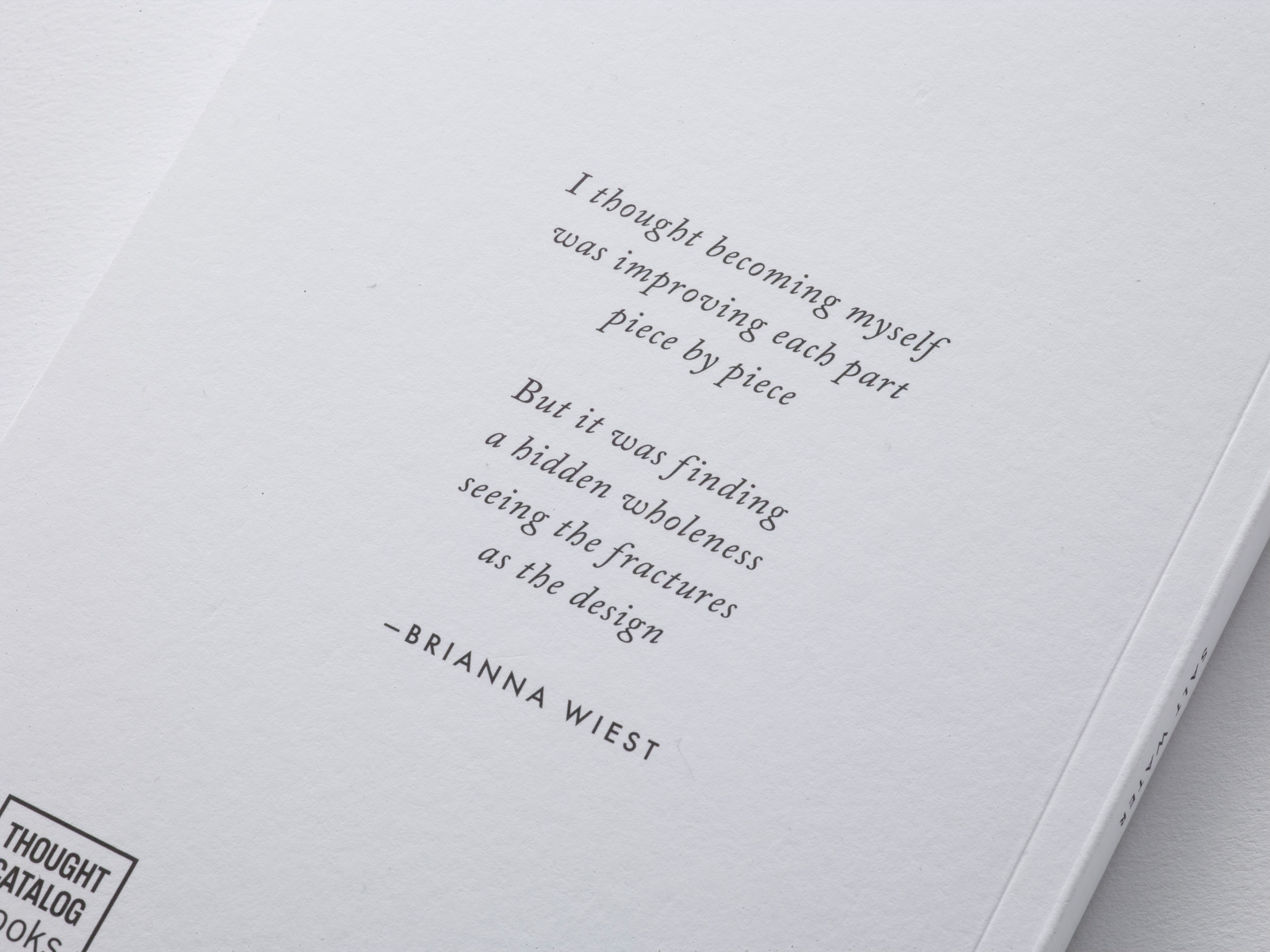
poetry and medicine
April is National Poetry Month, a fact that is not lost on many connected to the UNE College of Osteopathic Medicine, despite the seeming dichotomy between the objectivity of science and the subjectivity of the humanities. And yet, the two are not as distinct as western medicine might have us believe. Consider Patient Health Questionnaires (PHQ-9s) where patients are asked how they feel, and their thoughts on their safety. A numerical score is then tabulated based on the answers the patient selected, but how were the answers derived? If one patient, on a pain scale from 1–10, says her pain is an 8, can we then surmise that her pain is identical to the man down the hall who also indicated that his pain was an 8? Science is not always black and white, and neither is medicine. When it comes to Osteopathic Medicine, is there a blending already at play between the humanities and medicine?
Akesis is a journal of narrative medicine that is published online by UNE students. According to the journal, “Narrative medicine is the art of gathering, creating, and sharing stories of illness and healing; it honors the role of stories in healthcare, and allows health care providers to better care for their patients, their colleagues, and themselves.”1 COM students, faculty, and staff continually submit their work to Akesis, not only for a creative outlet, but because they recognize how “expression” and “reflection” can heighten their personal and professional careers.1 Akesis is an example of the integration of the humanities and medicine, but it is not the only one.
Karen Houseknecht, Ph.D. is a familiar face in the College of Osteopathic Medicine. She not only teaches as COM faculty, but is also the Associate Provost for Research and Scholarship. In 2012, Dr. Houseknecht led an international clinical rotation for fourth year Pharmacy students in Granada, Spain. It was a 6-week cultural immersion where students lived with host families who didn’t speak English, attended rigorous Spanish lessons, and visited cultural sights in the area. The purpose of the immersion was for students to see and understand how culture drives policy, to critically consider the linguistic and cultural differences they will encounter as working professionals, and to not just prepare for it, but to comprehend the complexity involved. As part of the program, students were asked to read poems in both Spanish and English by Federico García Lorca, a famous Spanish poet during the Franco dictatorship. Dr. Houseknecht remembers at first the students were reluctant to read poetry. For aspiring pharmacists, this is hardly surprising. Here was a group of students attracted to a field heavy in systems and policy, who were asked to read words paired together in a seemingly superfluous manner. Despite initial groaning and outward apprehension, the students found something interesting in their comparison. Words that were supposedly synonymous between the English and Spanish versions were very different, so much so that something vital was lost in translation.2
“You cannot translate poetry...you can, but you can’t,” Dr. Houseknecht explained. “Poetry is prose stripped down to the essence of things… poetry is the essence of the thing”.2 What the students observed during their clinical rotation was the essence of meaning, of feeling, lost from one translation to another. As Dr. Houseknecht reinforces, “Poetry is an approach to life.” What the experience revealed was the subjectivity of patient experience. If you ask a patient about his/her pain level, or what something feels like, whose meaning is uncovered: theirs or your own? Can you truly understand their meaning without having had the same experience? Can you account for differences in experience?
Other health professionals have seen the value in synthesizing poetry and medicine. Charles R. Perakis, D.O. is a Family Physician in Maine, and a member of The Institute for Poetic Medicine. His personal interest in the humanities forged his interest in the medical humanities, which is an interdisciplinary field that believes the integration of the humanities and medicine strengthens medical education by providing the ethical, flexible lens for medical students to view the diverse world around them.3 In the article, “Poetry or Medicine,” Dr. Perakis addresses the similarities between the poetry and medicine:
Both require a blending of technology and aesthetics if they are to reach their full potential. Both poetry and medicine deal with concrete, specific issues and both synthesize parts into a whole. The attitude of the poet and good medical practitioner includes sympathy, alertness, judgment, and identification at all points.4
The connection between poetry and medicine can be traced to classical antiquity, where Aesculapius, the god of healing, was said to be the son of Apollo, the god of poetry. According to Dr. Perakis, Aesculapius “learned his healing power through his power of sympathetic imagination accompanied by the exercise of knowledge.”4 For an osteopathic physician who believes in the mind, body, spirit totality, it is not incongruent to think of healing as an integration of sympathetic imagination and knowledge. Sympathetic imagination is the ability to imagine the truth or essence of something one has not experienced. The Greeks have a similar word for this, gnosis, meaning knowledge from direct experience. They believed one cannot have true knowledge without lived experience.5 Sympathetic creativity is the closest one can get to fully understanding the essence of something without having lived it. If we think of poetry as the essence of lived experience, to borrow from Dr. Houseknecht’s terminology, then poetry is the closest we can get to uncovering that truth or meaning. It was A.T. Still, the founder of Osteopathic Medicine, who professed that “[osteopathic physicians] look at the body in health as meaning perfection and harmony, not in one part, but in the whole.”6 Osteopathic medicine examines the objective with the subjective — the sympathetic imagination with knowledge — the essence with the tangible.
In antiquity, scientific observations were often written in verse, and only later on did prose become the preferred method of recording.7 This practice of physicians using poetry as a way to synthesize their thoughts continues today. “Medicine Poetry and You” is a reflection of a talk given by the retired family practitioner, Dr. William Toms, who presented his thoughts on poetry and medicine to a group of medical students. When asked why he wrote poetry, he replied to, “remember a little better, listen a little better, learn a little better, feel a little better, survive a little better, and maybe be a little better doctor because of writing a poem.”8 Poetry can be used as a tool to teach medical students such soft skills as empathy and ethics, but is it as effective as being out on the floor interacting with patients?
According to the Department of Family Medicine at University of California Irvine, School of Medicine, “some evidence suggests that contact with [vulnerable patients] leads to more negative attitudes in trainees.”9 California Irvine SOM observed that direct patient contact moved medical staff to be more dispassionate, and less tolerant of their patients. Because of this discovery, the school opted to integrate poems by physician-poet, Rafael Campo, into the curriculum to garner empathy and understanding toward under-represented patients. Confronting sensitive topics such as racism, homophobia, sexual abuse, substance abuse, etc., “compels the reader’s gaze to linger on patients who have been discarded and devalued in the health care system.”9 Reading Campo’s poems allowed students to check their own prejudices and recognize what experiences informed their own perspectives, with the hope that they will be able to recognize those prejudices and/or narrowed perspectives in the future.
It is no surprise that poetry has found its way into medicine as we try desperately to hold onto our sense of humanity among the McDonaldization of health and wellness. Our dependency on technology, physicians staring more at their laptops than with the patient in front of them, or the pressure to see patients in 15-minute increments, weakens that personal, sacred link between the physician and the patient.7 More crossover can be expected as bridging the humanities with medicine becomes not just a possibility, but a necessity. “We are creatures of language, and it's through language that we confront our afflictions of body and mind” was the belief that inspired the creation of the International Hippocrates Prize for Poetry and Medicine in 2010.7 As Dr. Houseknecht established, “[poetry] gets to the essence of human relationships,”2 and for many physicians, that is the purpose of practicing medicine, and why they are drawn to the field in the first place, to help people. If nothing else, poetry is a tool, a philosophy, an outlet, a means of synthesis; it is a stripping away of constructs, black and white thinking, of what is thought to be known, and reveals what is.
THE FOLLOWING CONTRIBUTIONS ARE FROM COM faculty and students WHO believe that poetry
can help make better physicians — and beyond that —
better people.
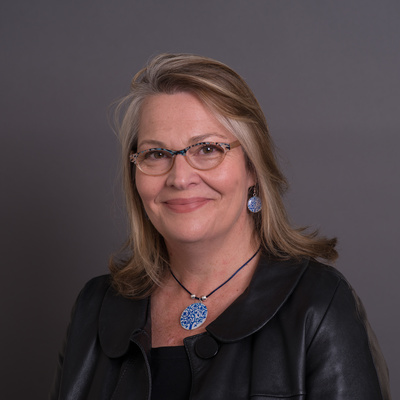
“I am passionate about the integration of the humanities with scientific discovery and patient care. I don’t think this is discussed nearly enough.” – Karen Houseknecht, Ph.D.
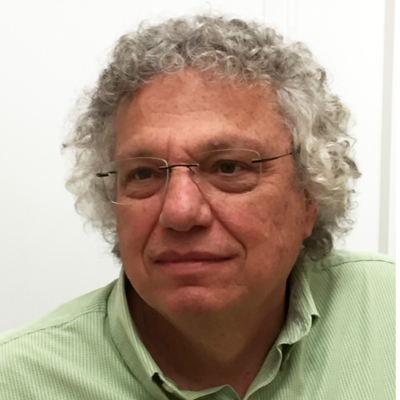 "The body is a unit; the person is a unit of body, mind, and spirit." – AOA Tenets of Osteopathic Medicine
"The body is a unit; the person is a unit of body, mind, and spirit." – AOA Tenets of Osteopathic Medicine
The Center Through the Eyes of a Poet
Things of the heart are at the center of osteopathic medicine and are also the primal core of our shared humanity. The spiritual dimension is the most basic link between the doctor and the patient—hearts of two humans intertwined together in the healing process. Herein lies the power of the arts in healing. Poetry and other art forms can be quite therapeutic for patients. However, in many circumstances, the most relevant role of art in medicine is its capacity to balance and heal the caregiver.
The power of a poem for healing lies in its metaphors. Native American healers believe that metaphors bypass the conscious brain and speak directly to the heart. To receive the full benefits of a poem, therefore, you must be fully present with it, giving it time and space. Concentrate by letting go. How does the poem speak to you? Listen deeply….
A. T. Still wrote, “To obtain good results, we must blend ourselves with and travel in harmony with Nature’s truths.” For balance and success, therefore, chart an intentional journey that somehow synchronizes your life’s activities with these primal truths. The practice of reading or writing poetry can be an effective vehicle to this end.
Jack Williams, Ph.D., M.Ed.
Successions
by Jack Williams
Time moved briskly through the seasons,
often as a firmament of clarity and color,
occasionally as an unexpected tempest,
but usually uneventful and unnoticed.
Today, we looked beyond
the still warm caskets
now different
in ways quite present
but unexplained,
perplexed by
the paradoxes,
next in line
with the autumnal harvest
and the uncertainties
of the winter ahead.
At the closing of each day,
our restlessness abates somewhat
as we linger in front of the hearth,
sharing its warmth and
releasing our heads to our hearts.
Flashes of Insight
by Jack Williams
One day, you get it for a little while.
For no reason, the dense fog lifts, and
the dark thunderheads move far away.
The sun rises clearly over the horizon
that is the morning of your soul.
You glance at the surface
of the mirroring water
and see not your image
but a brief glimpse of yourself
in unity with creation.
And you understand.
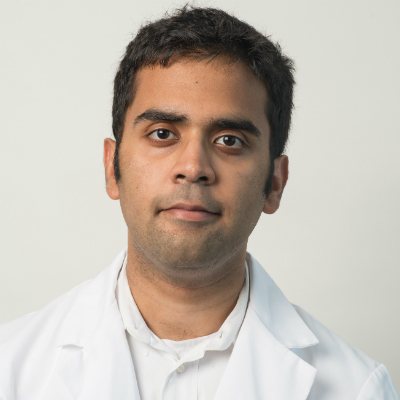 Nihit N. Mehta, OMS-III
Nihit N. Mehta, OMS-III
What connects Poetry and Medicine? I remember reading the English translations of Rumi and his contemporary counterparts over these past few years. The brilliance with which they often penned their words, inflicted a longing within my soul. They serve as tunnels of communication, granting perhaps the depth of understanding into the hearts and desires of these poets. Medicine is a mixture of humanity and its nature; poetry is a vehicle that allows us to communicate and granting us, physicians and patients a deeper understanding of it.
The destiny of a Rose
by Nihit N. Mehta
What is the destiny of a rose?
To have its beauty, dipped in passionate prose
Or left as devotion on the steps leading to his door.
The end for both is same as before.
Yet, the devotional rose can save a soul!
Description: I am using the rose as a stand-in for life. What I am trying to say is that while life can be spent enjoying the pleasures of the world, it is only the life that is spent in devotion that would save a soul.
I tried my best
by Nihit N. Mehta
I saw her sitting with hands soaking in sweat,
Anxiety dripping from her face, as our eyes met.
“Fault is not mine, not mine” sad eyes crying,
The demon rested within him, despite my desperate tryings!
Description: This is a poem about a mom, whose child was a patient at our center. As a hopeful pediatrician, I am learning the importance of respecting a parent's needs.
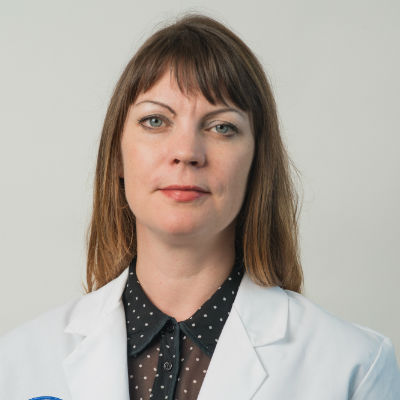 Masina Wright, OMS-III
Masina Wright, OMS-III
Studying medicine is intense, and the science and rationality of it is overwhelmingly predominant in training and practice. As an emotional person, I use writing and poetry as ways to buffer and integrate the linear experience of becoming a physician.
AFIB
By Masina Wright, OMS-III
In medicine there are things we can’t control
Like love
Like chance
We can control your breathing, maybe your pain, probably your heart rate
but how does one control the
racing heat of heartbreak
AND
shallowness of fate?
As doctors we have to be
perfectly poised
for your story
while our own
crumbles or blossoms
There is no room for error, a bad day, when you want your life saved
Who saves my personal life
While I study to safety-check yours?
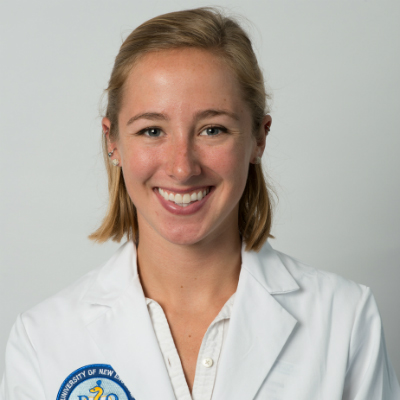 Breanna Glynn, OMS-IV
Breanna Glynn, OMS-IV
Medicine and poetry are both processes. Both take time, and I think that neither are perfect. “Beauty is in the eye of the beholder,” applies to both as well. Where one person loves one poem, another might find it bland and disengaging. The same can be said for doctors. One patient might find a physician exciting and empathetic, while another might find them cold and reserved. I think that we are truly granted a gift by our patients; their trust, their vulnerability, their strengths. I feel so privileged and excited to be able to care for patients as a future physician.
Lucky
By Breanna Glynn
“Are you sure you want to be a doctor”
Stupefied, flustered, confused
What else would I do?
Caring for people is second nature,
I suppose it has to be.
Doesn’t it?
Doctors see people at their most vulnerable.
Scared, anxious, waiting for the next shoe to drop.
We hold patients’ hands, reassuring them,
And see them at their worst.
And their best.
That is the beauty of the profession,
We are trusted to care for all.
Days that may seem impossible are made better
Simply when a patient smiles when you greet them.
We are the lucky ones.
References:
- Akesis. DUNE: Digital UNE. Accessed April 2018. http://dune.une.edu/akesis/
- Karen Houseknecht, Ph.D. in discussion, March 2018.
- Perakis, Charles R. The Institute for Poetic Medicine, (2017). http://www.poeticmedicine.org/charles-perakis.html
- Perakis, C.R. “Poetry or Medicine.” Journal of Poetry Therapy, no. 13 (2000): 225. https://doi.org/10.1023/A:1021458703844
- Petti, Matthew. What is Gnosis? (2017). Accessed April 2018. http://matthewpetti.com/what-is-gnosis/
- Paulus, Steve, D.O. An Introduction to the Analects of A. T. Still, (2009). Accessed April 2018. http://osteopathichistory.com/pagesside2/Analects.html
- Hulse, M., & Singer, D. R. J. “Poetry as medical humanity: Poems from the inaugural 2010 international Hippocrates prize for poetry and medicine.” Postgraduate Medical Journal, 87 (2011): 1. http://dx.doi.org/10.1136/pgmj.2010.105841
- O'Donnell, J., M.D., & Toms, W., M.D. “Medicine, poetry, and you.” Journal of Cancer Education, 22(2), (2007): 129-130. http://dx.doi.org/10.1007/BF03174362
- Shapiro, J. “The least of these: Reading poetry to encourage reflection on the care of vulnerable patients.” Journal of General Internal Medicine, 26(11), (2011): 1381-2. http://dx.doi.org/10.1007/s11606-011-1699-4
In Good COMpany
The Who's Who in UNE COM
Dr. Kin Ly
Kin Ly, PharmD, Ed.D., is an assistant clinical professor in the Department of Biomedical Sciences in the College of Osteopathic Medicine. She will be starting her additional role as the co-course director, with Dr. Rebecca Rowe, for the OMK 1 Course for the 2018-2019 academic year. She is taking the place of Dr. Amy Davidoff who will be going on sabbatical this fall. She has been mentoring under both Amy Davidoff, Ph.D., and Rebecca Rowe, Ph.D. for the spring semester.
marilyn gugliucci, ph.d.
Marilyn R. Gugliucci, Ph.D. had nine presentations at the 44th Annual Meeting of the Association for Gerontology in Higher Education (AGHE) March 1–4, 2018. Included in her presentations was the 1-hour lecture associated with the AGHE Clark Tibbitts Award. The Clark Tibbitts Award was named after an advocate of Gerontological education, and was established in 1980. The award is given each year to an individual or organization that has made an outstanding contribution to the advancement of gerontology and geriatrics education. Dr. Gugliucci received the award due to her outstanding service to the AGHE.
rita brown
Rita Brown, clinical coordinator within the Clinical Education Department of COM, has been invited to participate in a national task force formed by the American Association of Colleges of Osteopathic Medicine (AACOM). She will serve on the AACOM UME-GME Task Force Working Group on Residency Match, which will be chaired by Dr. Karen Nichols, dean of the Chicago College of Osteopathic Medicine. This group will focus on preparing students, colleges of osteopathic medicine, and programs for changes to the residency match as the AOA-ACGME Single Accreditation System moves toward full implementation in 2020. Rita was also instrumental in orchestrating the 2018 Match Day event that was held in the Danielle Ripich Commons on the UNE Biddeford Campus.
Campus Circulation
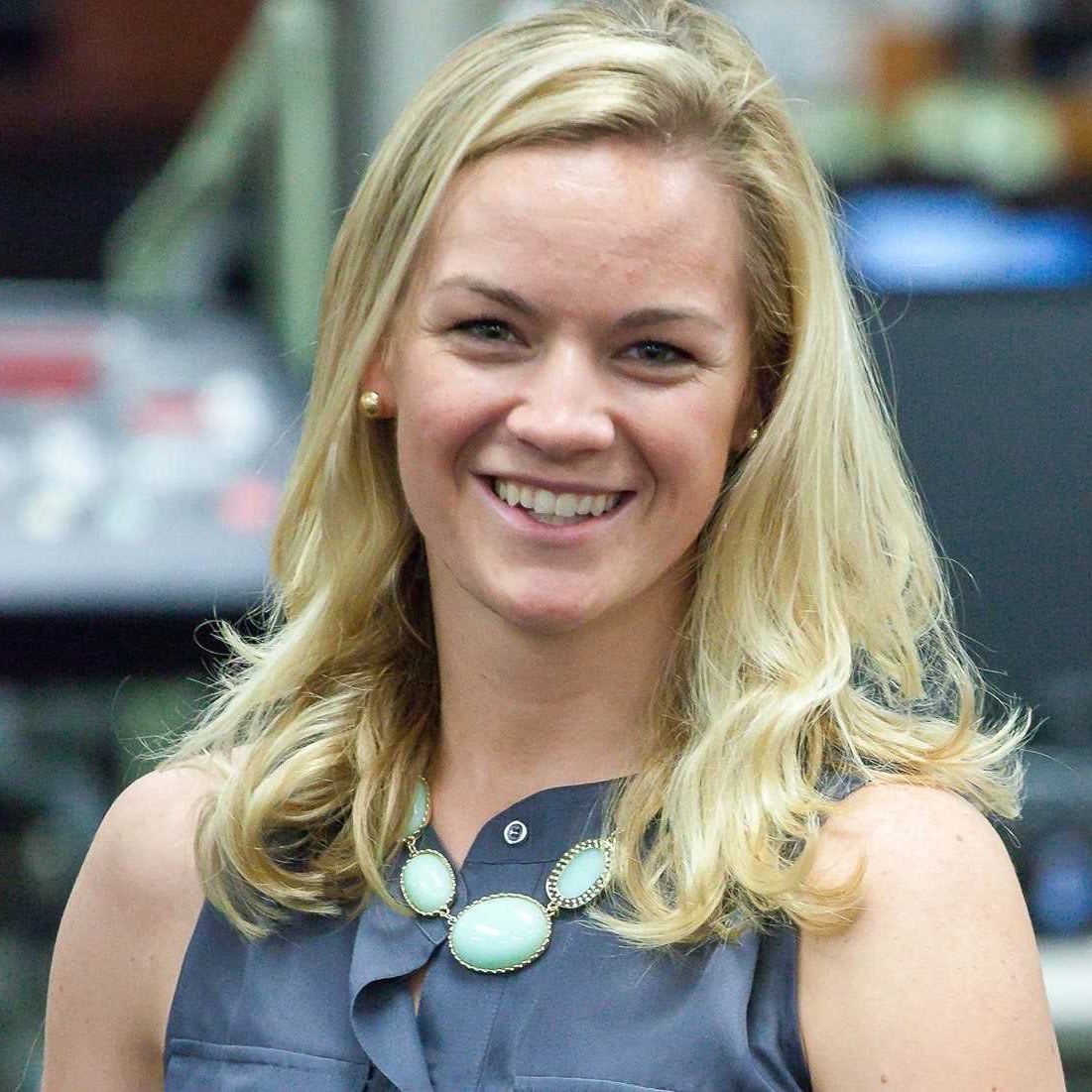
The Pulse of Current COM Students
Lindsey Avery Fitzsimons
research presented at american association of anatomists
Lindsey Avery Fitzsimons has been awarded travel funding from the American Association of Anatomists (AAA) to present her research in April of 2018 in San Diego, California at the Annual Meeting of Experimental Biology. Lindsey is a PhD student of COM Faculty member, Dr. Kerry Tucker, and collaborated on the project with summer Morgane fellows, Kevin Budziszewski, OMS-III and John Forrester, OMS-II in a research project that explores the electrophysiological consequences of congenital heart defects brought about by primary cilia-dependent cardiac developmental processes.
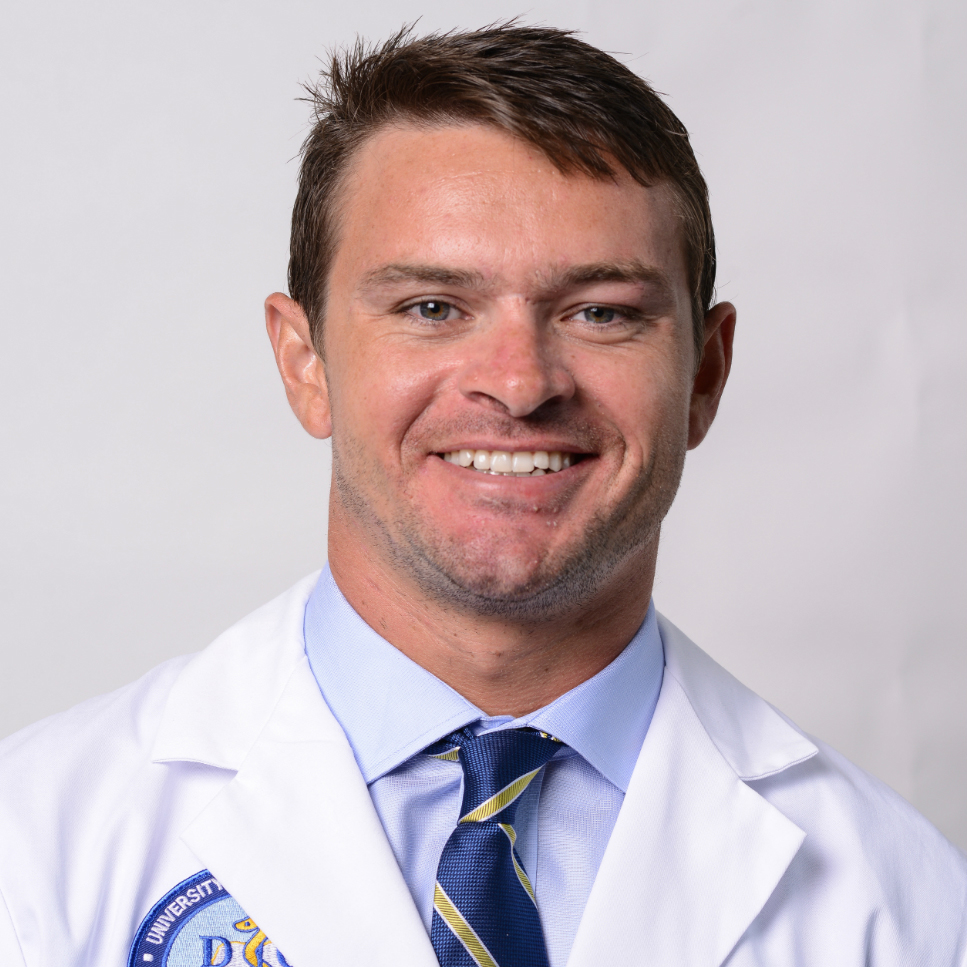
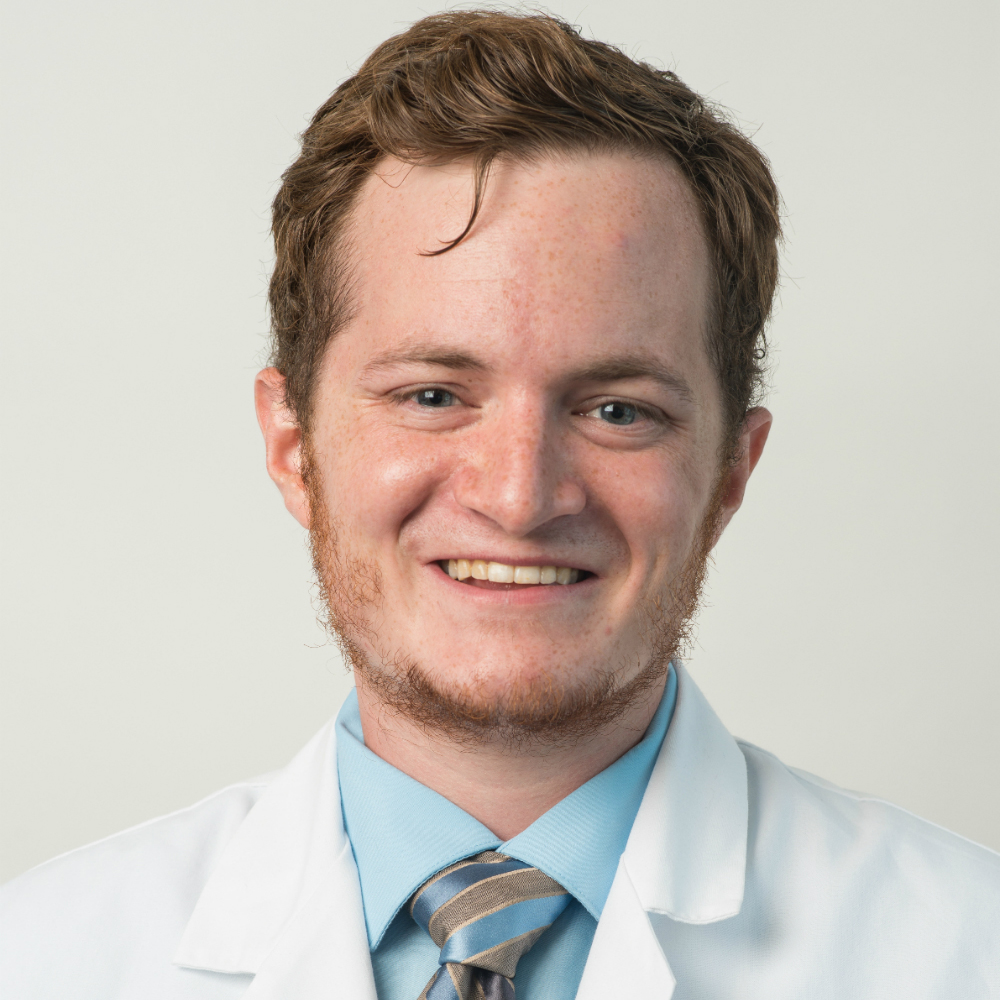
Morgane Fellows, Kevin Budziszewski (COM ’19) and John Forrester (COM ’20)
This research represents a collaboration between COM students, graduate students, UNE COM faculty (Dr. Tucker and Dr. Amy Davidoff) and local pediatric cardiologist, Dr. Adrian Moran. Lindsey will be presenting her research at the national meeting. Lindsey Avery Fitzsimons is currently teaching in the Osteopathic Clinical Skills course for UNE COM students.
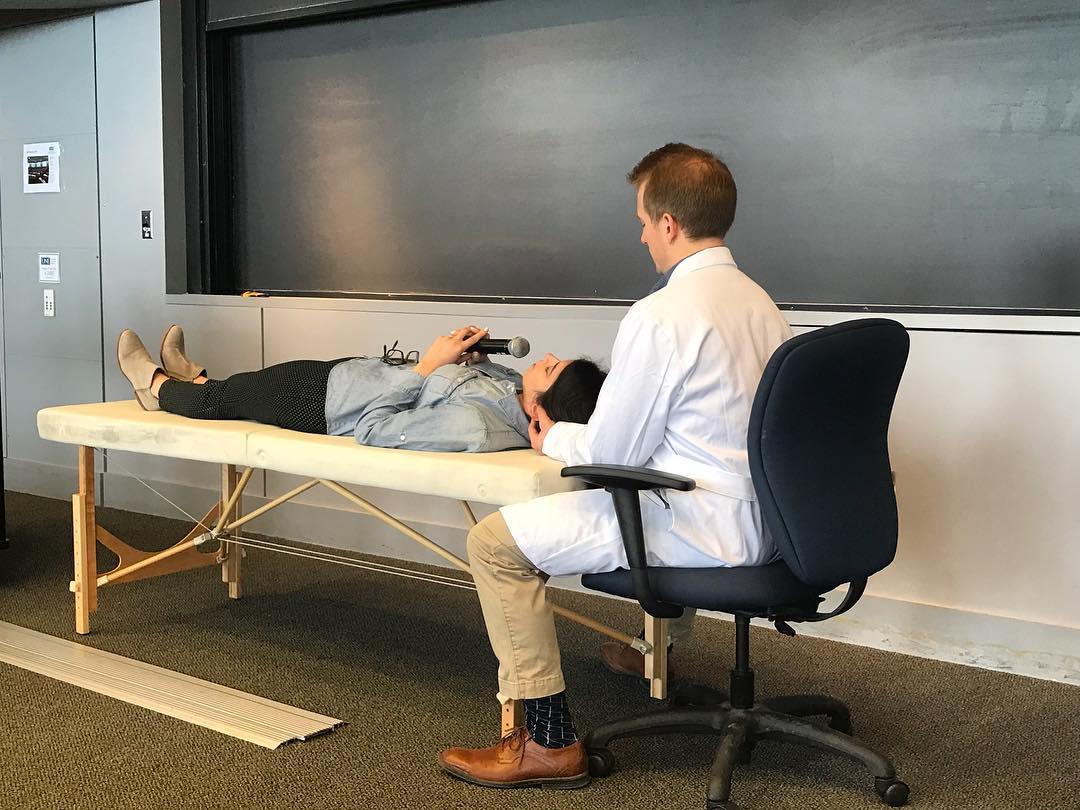
FACEBOOK LIVE OMM DEMONSTRATION
On Wednesday, February 21, the Office of Recruitment, Student & Alumni Services hosted the first Facebook Live event of the spring semester. UNE COM Fellows, Jaimee Bogusz and Michael Mozer, provided a live OMM demonstration during the event, which was the first time since moving to Facebook Live. The fellows ran through some popular manipulations, shared their experiences and journey to medical school, and answered many great questions from our visitors "tuning-in." Some of the questions included, “How often does a D.O. use OMM to treat patients,” “How do you find OMM necessary to use,” and “Why did you become Osteopaths?”
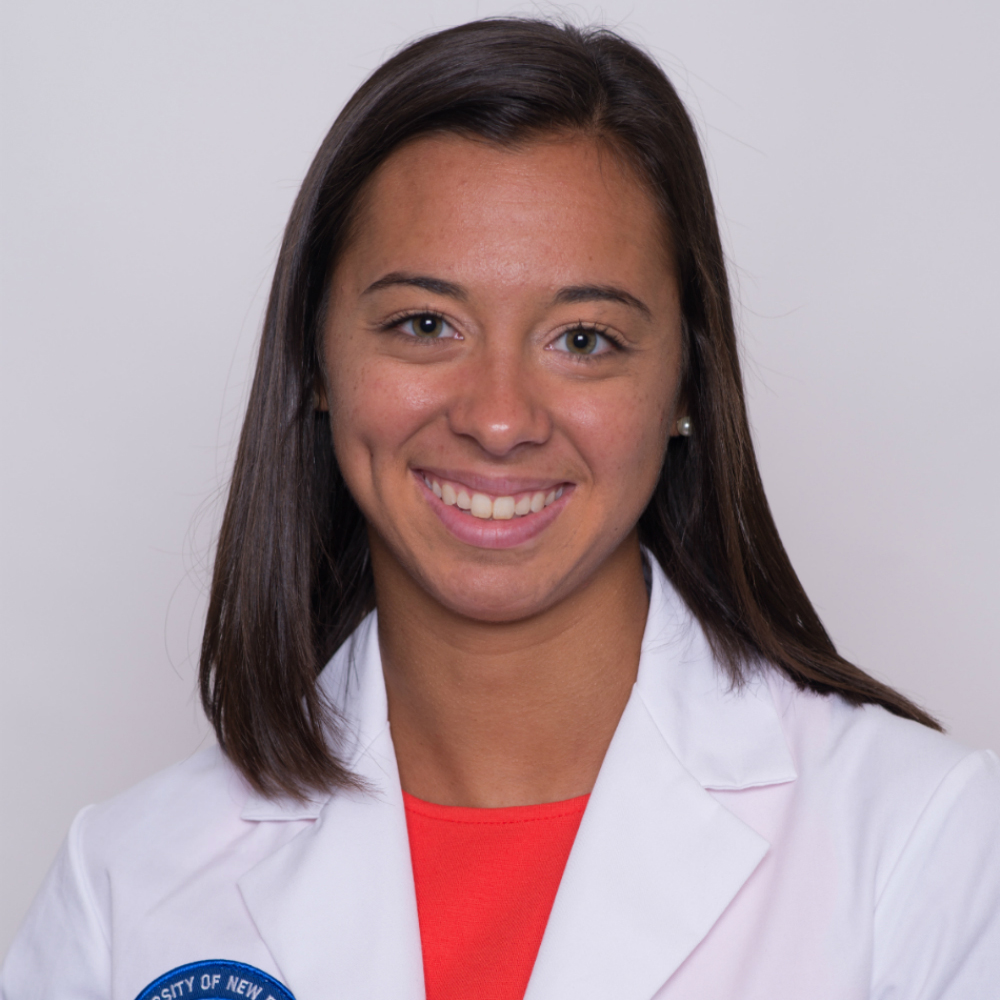 Maria Jones, OMS-I
Maria Jones, OMS-I
NEWLY ELECTED SGA PRESIDENT FOR 2018-19
Maria Jones, OMS-I, was elected the new Student Government Association President for 2018–2019.
STUDENT DOCTORS OF THE MONTH
UNE COM students are selected by their peers for the honor of being the student doctor of the month.
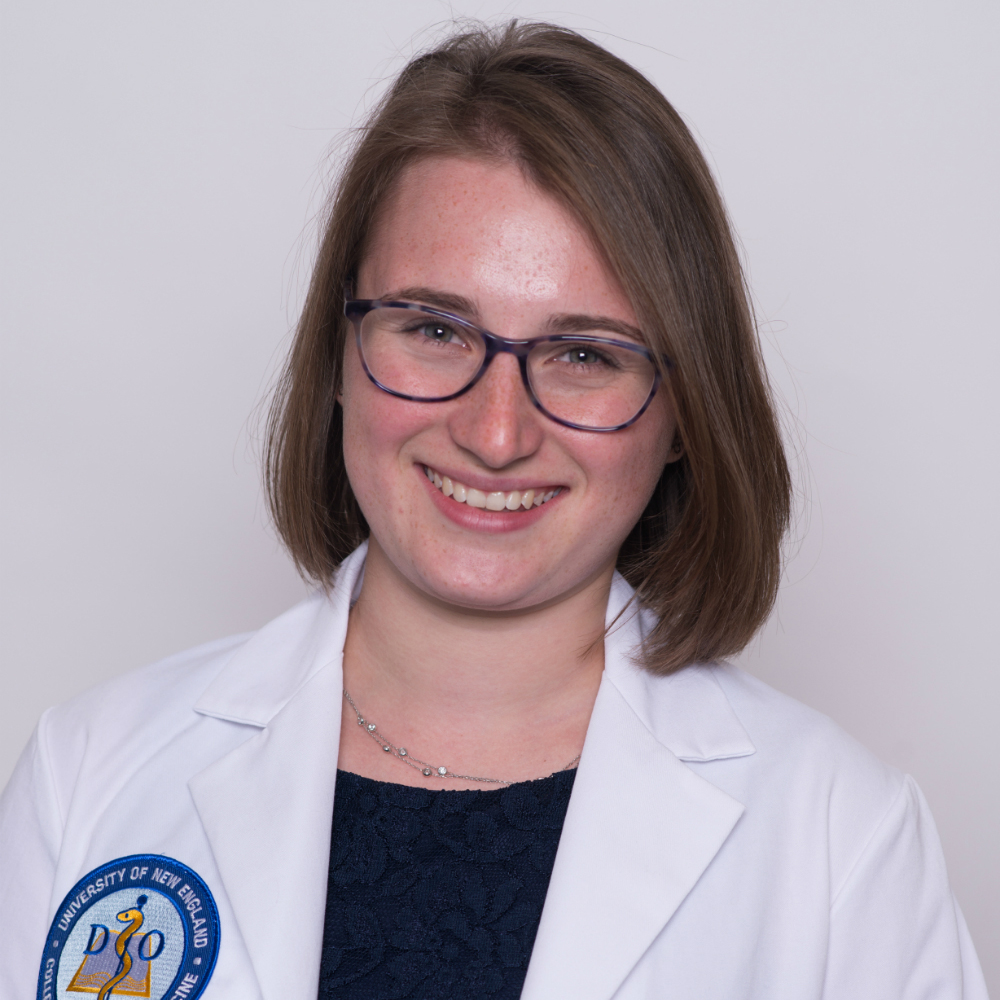 Deane Stryker, OMS-I
Deane Stryker, OMS-I
Deane Stryker is the March Student Doctor of the Month because of her genuine character, and her passion helping others. She was very active on-campus, and was a tremendous advocate for WellCOM, the COM support group. Our community will suffer her absence, but has been made that much stronger for her having been a part of it. Read more
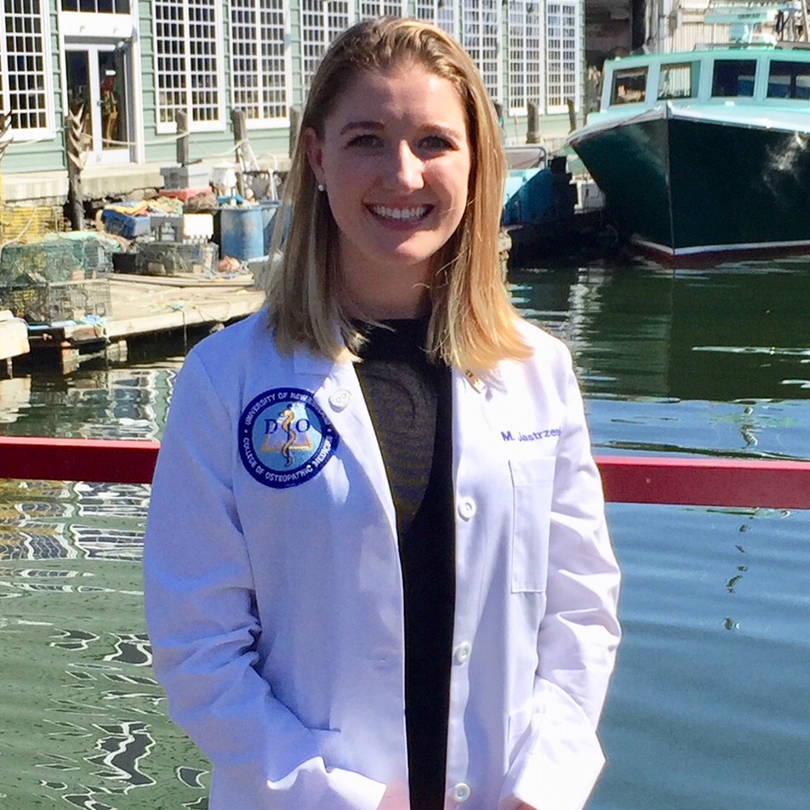 Meghan Jastrzembski, OMS-I
Meghan Jastrzembski, OMS-I
Meghan Jastrzembski was awarded Student Doctor of the Month, Class of 2021, for April, because of her demonstrative concern for others, which is then translated in everything she does. As a class representative on the Student Government Association, and as co-chair on the Social Committee, she has shown her leadership and willingness to serve her COM community. She played a vital role in orchestrating events such as the Halloween Party, COM Ski Trip, and the infamous Winter Formal. Despite how hectic and busy she is, Meghan does her best with a smile on her face that is both contagious and inspiring. Read more
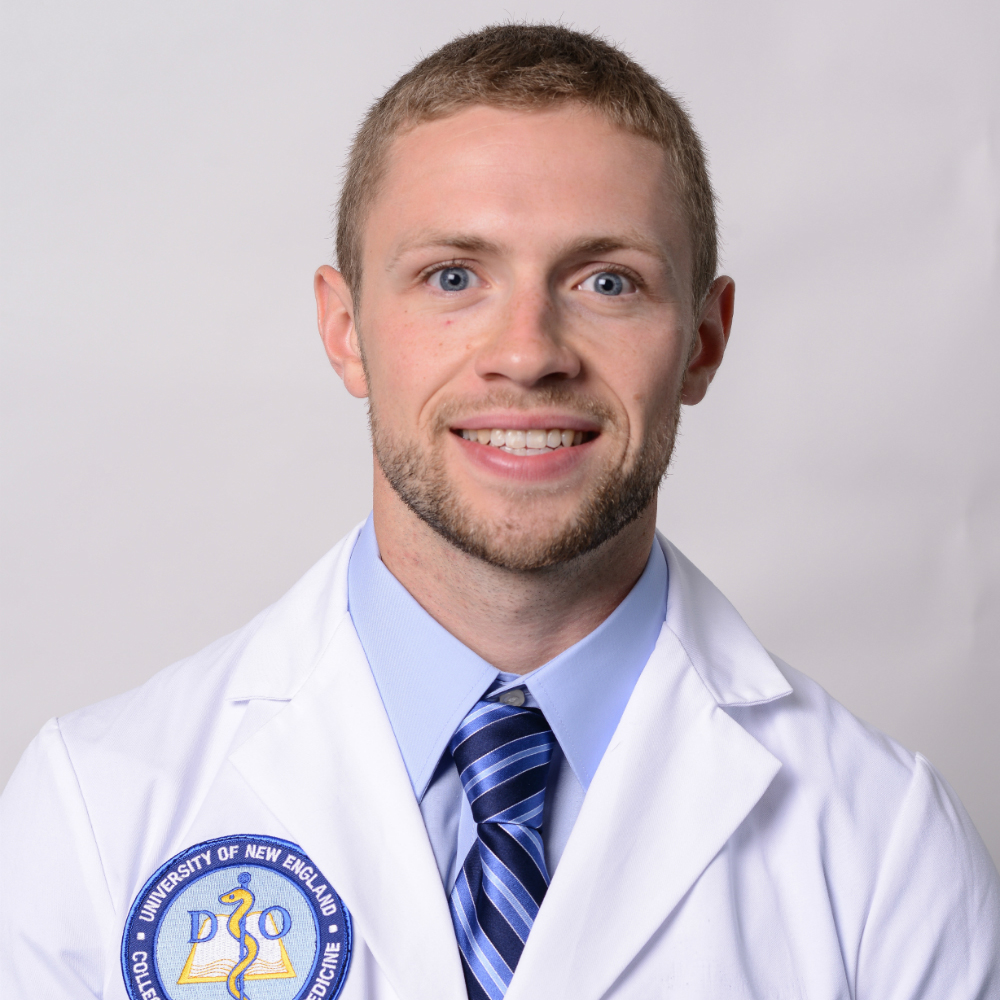 James Koch, OMS-II
James Koch, OMS-II
James Koch was awarded the Student Doctor of the month, Class of 2020, for April, because of his demonstrated leadership in the Student American Academy of Osteopathy (SAAO). His ability to work well with others and treat his peers with respect, has made working with him an enjoyable and memorable experience. His kindness and gentle demeanor will undoubtedly make him a respected and sought after physician. Read more
DAY ON THE HILL
UNE COM students traveled to Washington, D.C. in March for D.O. Day on the Hill, where they were fortunate to meet with Congresswoman Chellie Pingree, Senator Angus King, and Senator Susan Collins from Maine. Students were also excited to meet with Jen Caudle, D.O. and Doctor Mike, TV, radio, and social media personalities, and whose visibility have proven them to be strong advocates for the osteopathic profession. Members of the Student Osteopathic Medical Association (SOMA) also attended the National Conference where UNE COM SOMA was nationally recognized for Excellence in Community Outreach. Justine Lazatin, OMS-II, Max Cohen, OMS-II, Sean Grogan, OMS-I and Samantha Culver, OMS-I represented UNE COM at the event. Read more
UNE COM’S GOT TALENT
On a windy Saturday night in Biddeford, medical students were spotted gathering in the upper function room of the Wonder Bar Restaurant for the American Medical Student Association’s annual talent show, UNE COM’s Got Talent. The place was full of first and second-year medical students who came to support one another and get a glimpse of the raw talent. The MCs of the evening were none other than the Fellows, David Warnock and Derek Lee, who appeared onstage singing their own comical version of “Good Morning Baltimore” from the musical Hairspray. The crowd cheered as they shouted, “Good evening, UNE COM.”
To get an idea of what took place during the event: Liza Simmons sang a fantastic and hilarious version of “I Can Hear the Bells” from Hairspray; the musical stylings of Lauren Palitz and Max Cohen also wowed the crowd with their quick, and witty pairings of popular covers; the comedy of Ryan Juneau and Karim Abdel Jalil were poignant and made our stomachs hurt from laughing so hard; Jordan Morrison channeled Bob Dylan with his guitar and harmonica combo; Sympathetic Tones indulged the audience with their musical harmonies; and the1st Year Band played 25 minutes of danceable and heart-felt tunes including “Sweet Child of Mine,” “American Idiot,” “Billie Jean,” “Spiderwebs,” and “Mr. Brightside.”
In light of recent tragic events, there were two acts that were specifically dedicated to first-year student, Deane Stryker. Sharmeen Jaffry’s vocals were paired with Lyman Wu on guitar in a beautiful, soulful tribute. Jenna Wozer, who was to perform a dance with her friend, Deane, performed it solo to one of their favorite opera tunes.
The night ended with the UNE COM Band playing recognizable tunes, and medical students tearing up the dance floor. What was made abundantly clear was that not only are our COM students bright, but they are musically, artistically, and comically talented as well.
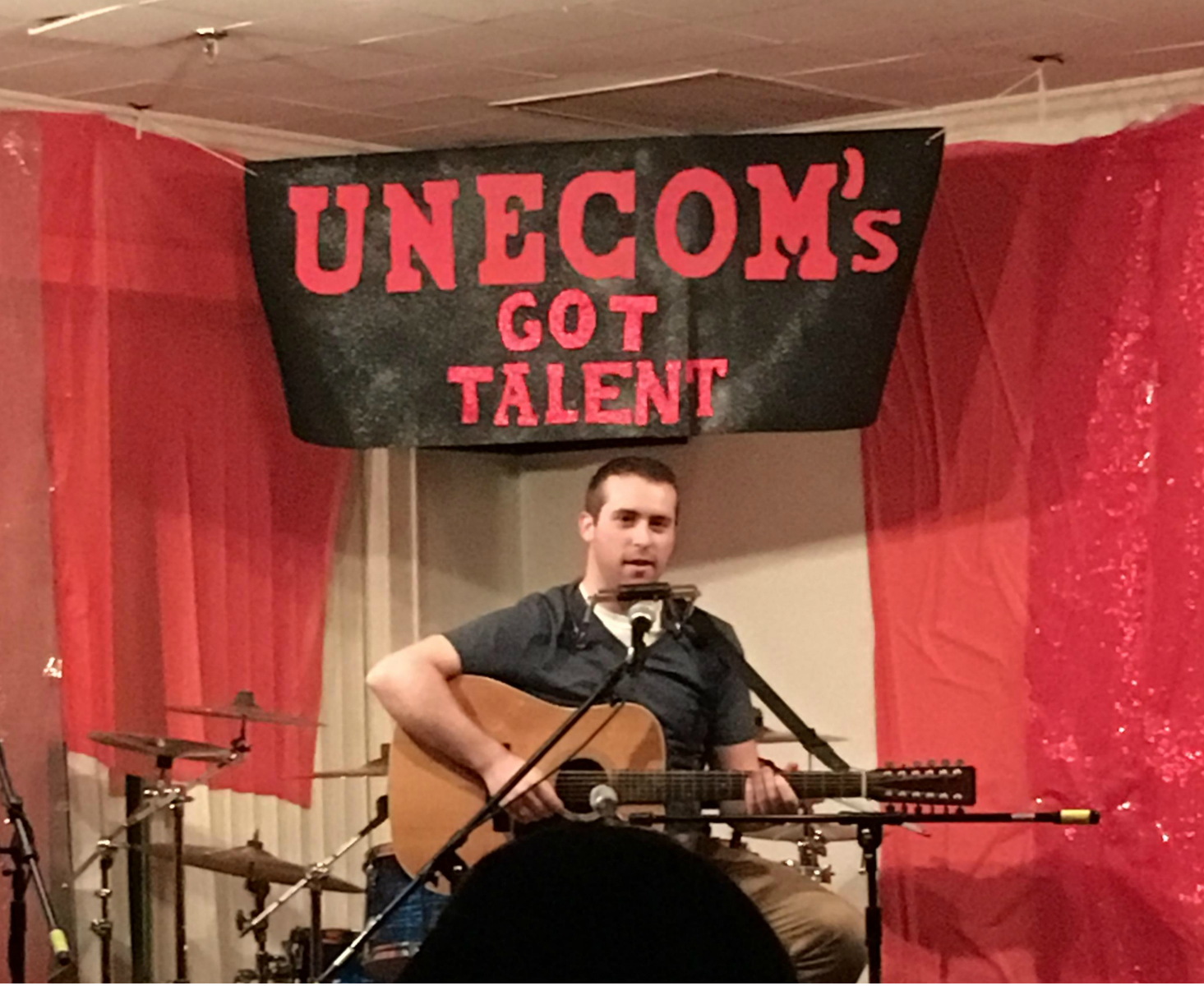 COM student, Jordan Morrison, showcasing his musical talents
COM student, Jordan Morrison, showcasing his musical talents
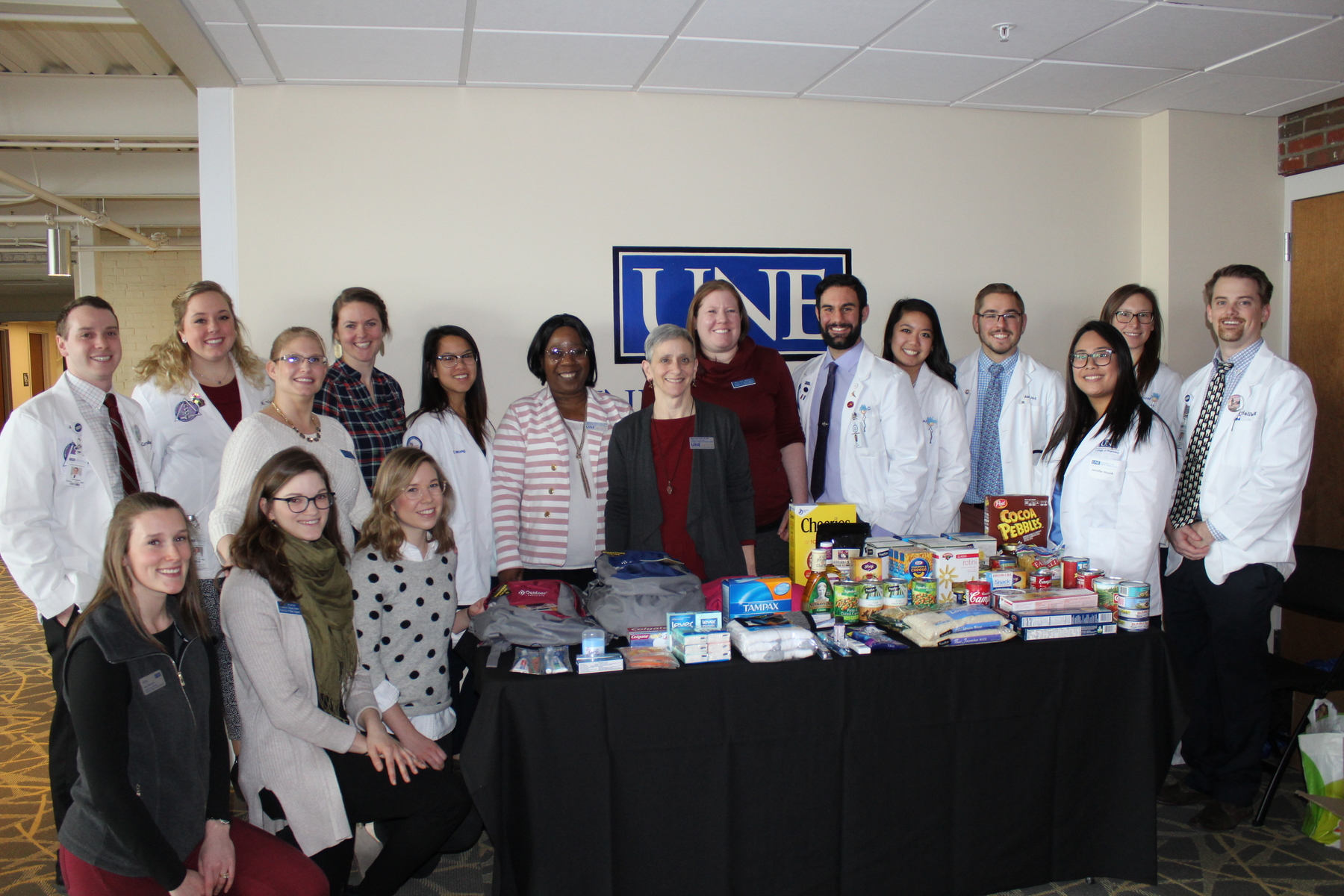 AN IN-DEPTH LOOK AT HEALTH PROFESSIONS AT UNE
AN IN-DEPTH LOOK AT HEALTH PROFESSIONS AT UNE
The first UNE Health Expo occurred on Saturday, March 10 at Innovation Hall on the Portland Campus. The notion of an expo was breathed into existence by the Assistant Director of Recruitment & Alumni Services, Annie Connors. While initially the event was conceptualized as a recruiting tool, the idea grew as a way to bridge the graduate health profession programs from both the Biddeford and Portland campuses. Many COM students opted to take part in the event because they welcomed the opportunity for interprofessional learning with the other health professional programs at UNE, and wanted to share the benefits of their interprofessional education with the public.
The health professional programs included representatives from Pharmacy, Dental Medicine, Physical Therapy, Master of Public Health, Master of Social Work, Occupational Therapy, Physician Assistant, and Osteopathic Medicine. The day was an opportunity for prospective high school and college students to explore careers in the various health care fields. Participants were asked to rank their top programs they wanted to learn more about, and throughout the day were exposed to 5 different programs. Every program had to address one particular case that was chosen for the expo. Each session, which highlighted a particular program, demonstrated how they would address the case based on their own professional lens. This immersive and hands-on-experience allowed undecided pre-health students the opportunity to see what area of healthcare they might enjoy studying by giving them exposure to various health professions. The day ended with an alumni panel that included working professionals in the fields. Some questions that were posed included, What do they like most about their profession? What made you choose a particular program? What makes UNE different from other health professional programs? And, How did UNE help you achieve your professional and personal goals? After their sessions, students met with either Undergraduate or Graduate Admissions to answer specifics about requirements for the individual programs they were interested in.
This was the first event of its kind at UNE, but for the first successful run there were about 60 attendees of which 75% were high school students thinking about where they would like to go to college and what field they may want to pursue. College students from the University of Maine, Southern Maine Community College, Massachusetts and California were also present for the event. The College of Osteopathic Medicine’s Student Osteopathic Medical Association (SOMA) was instrumental in not only organizing the event, but also gave up their Saturday to teach others about the osteopathic profession. OMS-IIs Max Cohen and Justine Lazatin, and OMS-I Jenna Wozer were able to relate to the students attending with a great deal of energy and enthusiasm when explaining OMM and other aspects of being a COM student.
Instead of charging attendees to attend the event, donations were encouraged for Preble Street Resource Center, showing UNE’s commitment to the support and betterment of the local community. Hopefully next year will see even more participation by both programs and community members to make this an annual event.
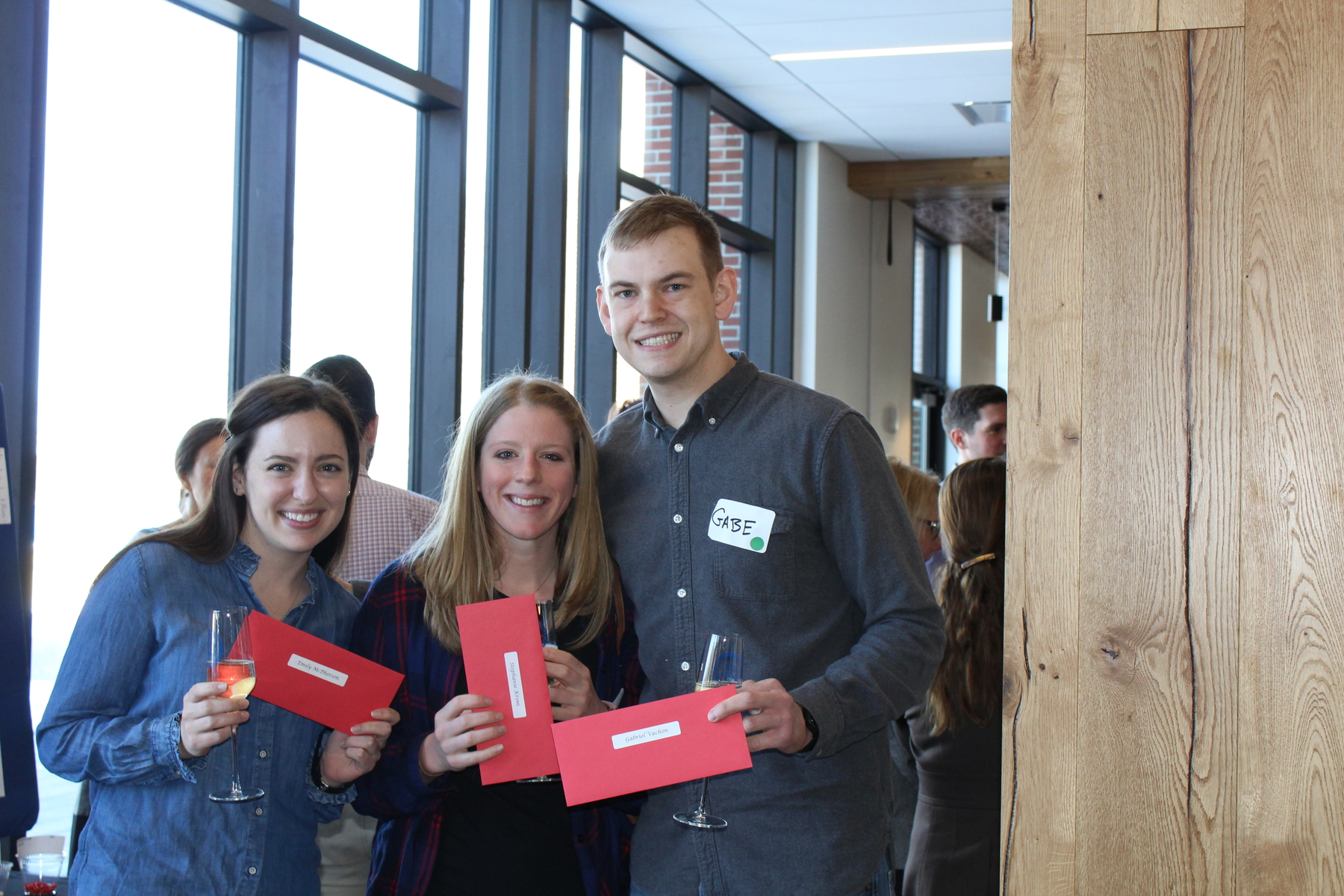 UNE COM HAS MET THEIR MATCH
UNE COM HAS MET THEIR MATCH
The countdown to Match Day 2018 commenced with elegant red-colored envelopes ripped into by eager fingers on Friday, March 16. This was the second year that UNE COM organized the event, a joint effort between the COM Department of Clinical Education and the COM Office of Recruitment, Student & Alumni Services. The purpose of the event was for fourth-year COM students to have the residency where they matched revealed at noon as they opened their red envelopes together with their classmates and family. It was the first event held in the new Danielle Ripich Commons, with over 100 people, including students, families, faculty, and staff. Students and their families enjoyed heavy hor’deurves, a celebratory cake, and a champagne toast. Faculty and staff were eager to attend the event and watch the students as they tore open their envelopes. For those who were unable to make the event, the speeches by Associate Dean Kelley, Associate Dean DeFeo, and the Class President, Amanda O’Donnell, were livestreamed and available on Facebook Live. Throughout the ceremony, pictures of the class through all 4-years at UNE COM were displayed on a giant screen at the back of the stage.
After the envelopes were opened, students had the opportunity to select a push-pin representing their specialty and placing it on the U.S. map as a visual representation of where the Class of 2018 would be stationed after graduation. According to Jane Carreiro, D.O., dean of the College of Osteopathic Medicine, COM students in the Class of 2018 had an overall success rate of 95% in the military, American Osteopathic Association (AOA), and the National Resident Matching Program (NRMP) matches. The national average for DO's in the NRMP was 82%, while UNE's will be about 95%.
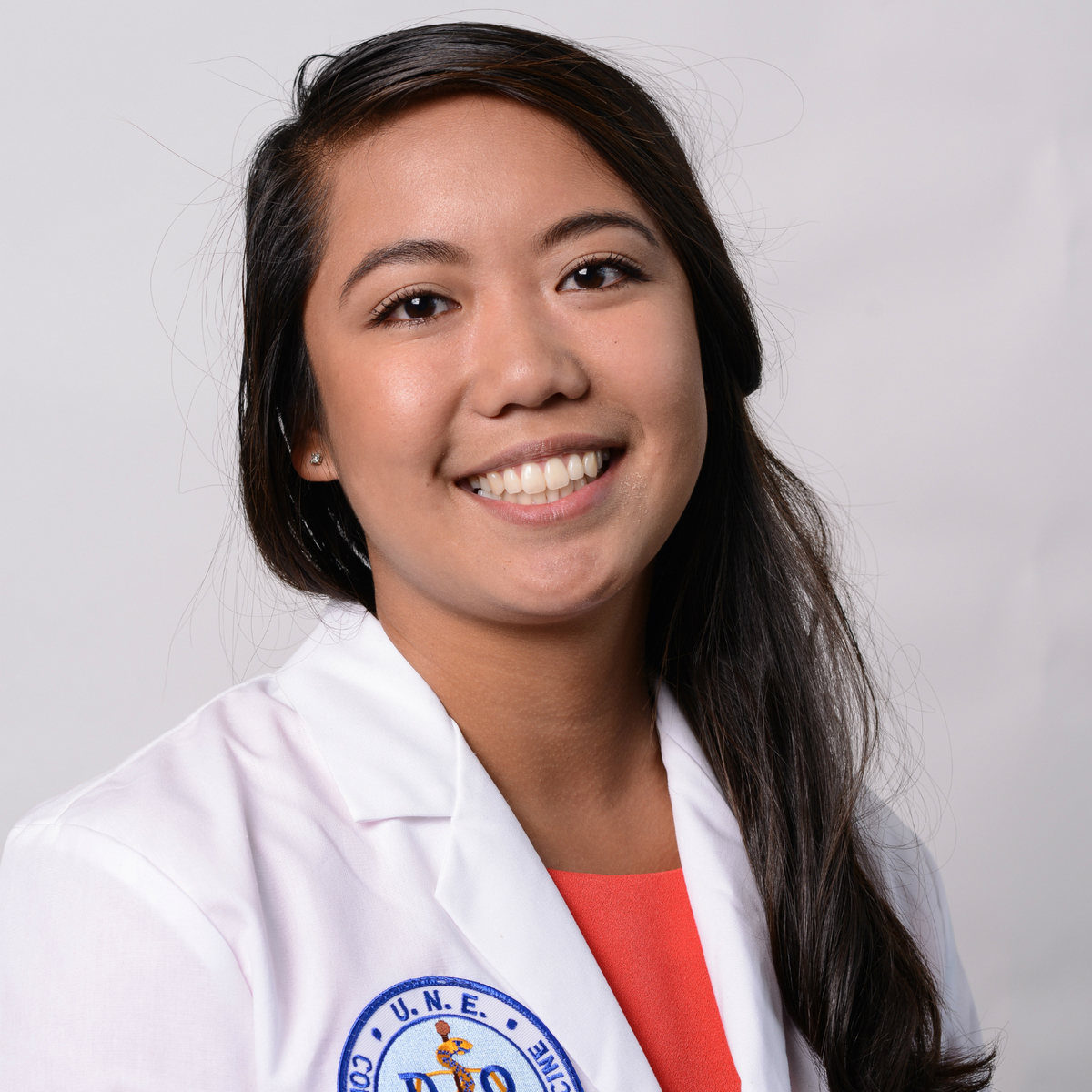 Justine Lazatin, OMS-II
Justine Lazatin, OMS-II
UNE COM STUDENT MAKING WAVES
COM’s own Justine Lazatin, OMS-II was recently appointed to the Student Osteopathic Medical Association’s (SOMA) National Board of Directors as the national community outreach director. In her new role, Justine will spearhead community outreach and activities for COMs across the U.S. She recently spoke to the COM Office of Recruitment, Student & Alumni Services about the "D.O. Be You" campaign that she is currently working on in conjunction with the national public relations director. The "D.O. Be You" campaign is looking to bring an understanding of osteopathic medicine to the national level through social media and community outreach, and to highlight students who make up this population. To serve this purpose, Justine will work with other SOMA chapters. We are excited to see the final project, and the plethora of ideas that Justine will bring to the table.
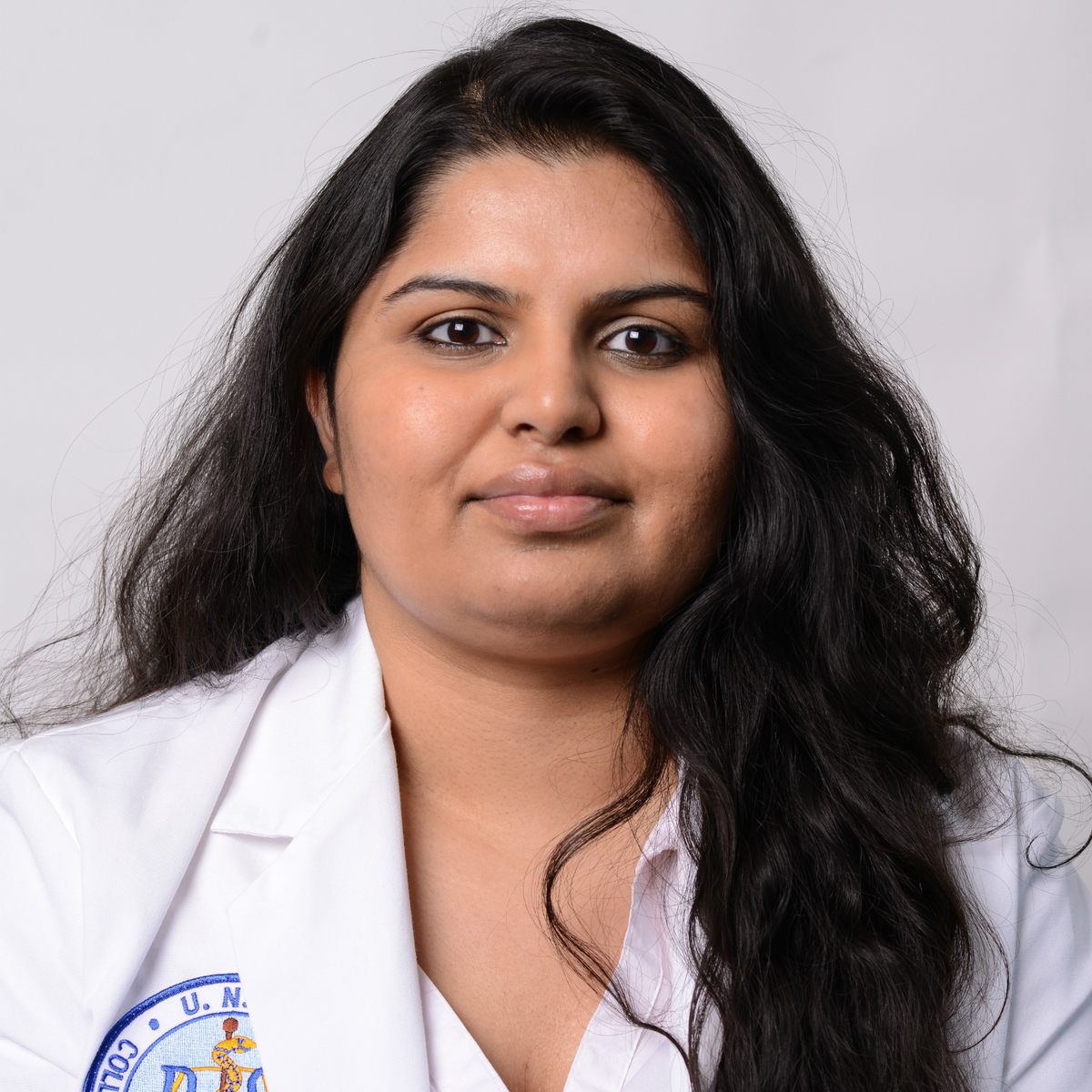 Raveena Ghandi, OMS-II
Raveena Ghandi, OMS-II
COM STUDENT ELECTED TO REGIONAL SNMA BOARD
Raveena Ghandi, OMS-II recently attended the Annual Medical Education Conference (AMEC) National Conference on behalf of the Student National Medical Association (SNMA), and was elected to the SNMA Board as secretary to region VII, which includes all of the northeast medical schools. Raveena also won an award for her research poster, "Effects of Treatment According to American Diabetic Association (ADA) Guidelines on Diabetic and Hyperlipidemic Patients" at the conference's Dr. Wilbert Jordan Research Forum. The research was in collaboration with Stephan Babirak, M.D. of Metabolic Leader in Scarborough, Maine, and COM Faculty, Jack Williams, Ph.D.
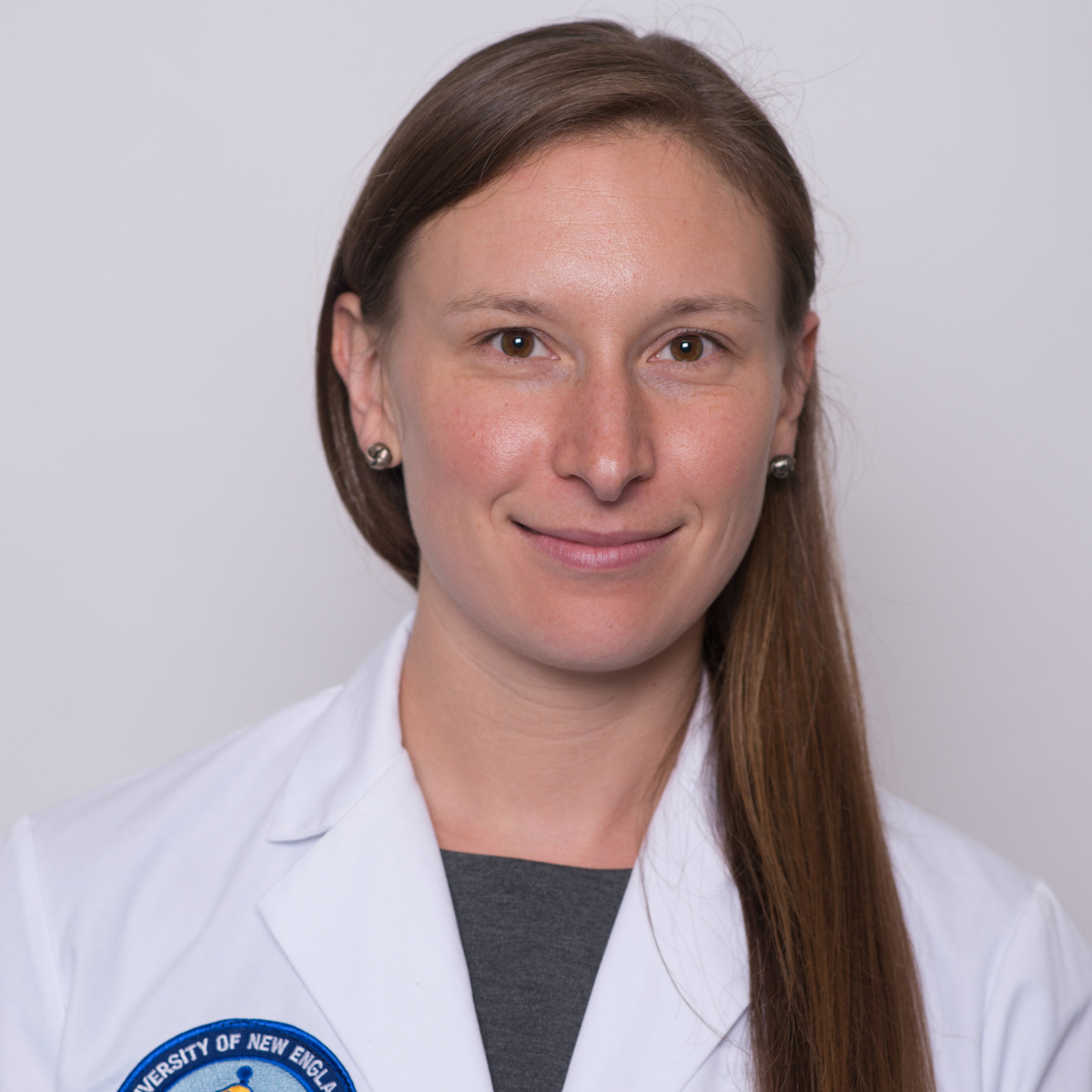
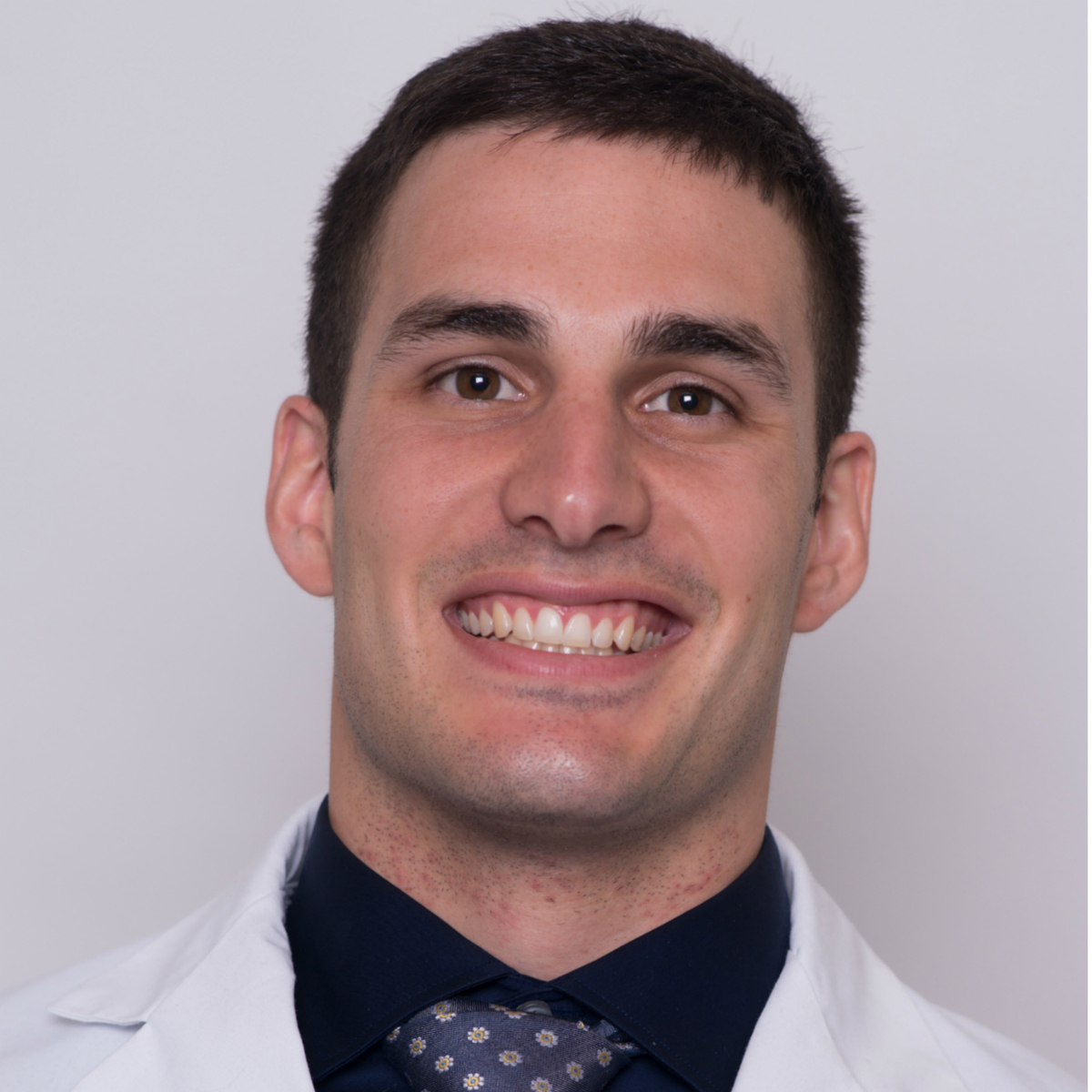
Jenna Wozer, OMS-I, and Steve Ferro, OMS-I
WELLCOM’S INAUGURAL GREG NEVENS MEMORIAL LEADERSHIP & WELLNESS AWARD
UNE COM’s support group, WellCOM, has created an award to honor the late Greg Nevens, Ed.D. Dr. Nevens was involved with WellCOM as a faculty advisor, and passed away in December of cancer. The inaugural Greg Nevens Memorial Leadership & Wellness Award celebrates students who embody the selflessness and leadership that Dr. Nevens demonstrated during his time with UNE COM. The two award winners for 2018 are Jenna Wozer, OMS-I and Steve Ferro, OMS-I. Both students have been very active in their first year with other Clubs and Organizations on-campus, but they have given life to WellCOM, making it one of the most recognized student-run organizations on campus.
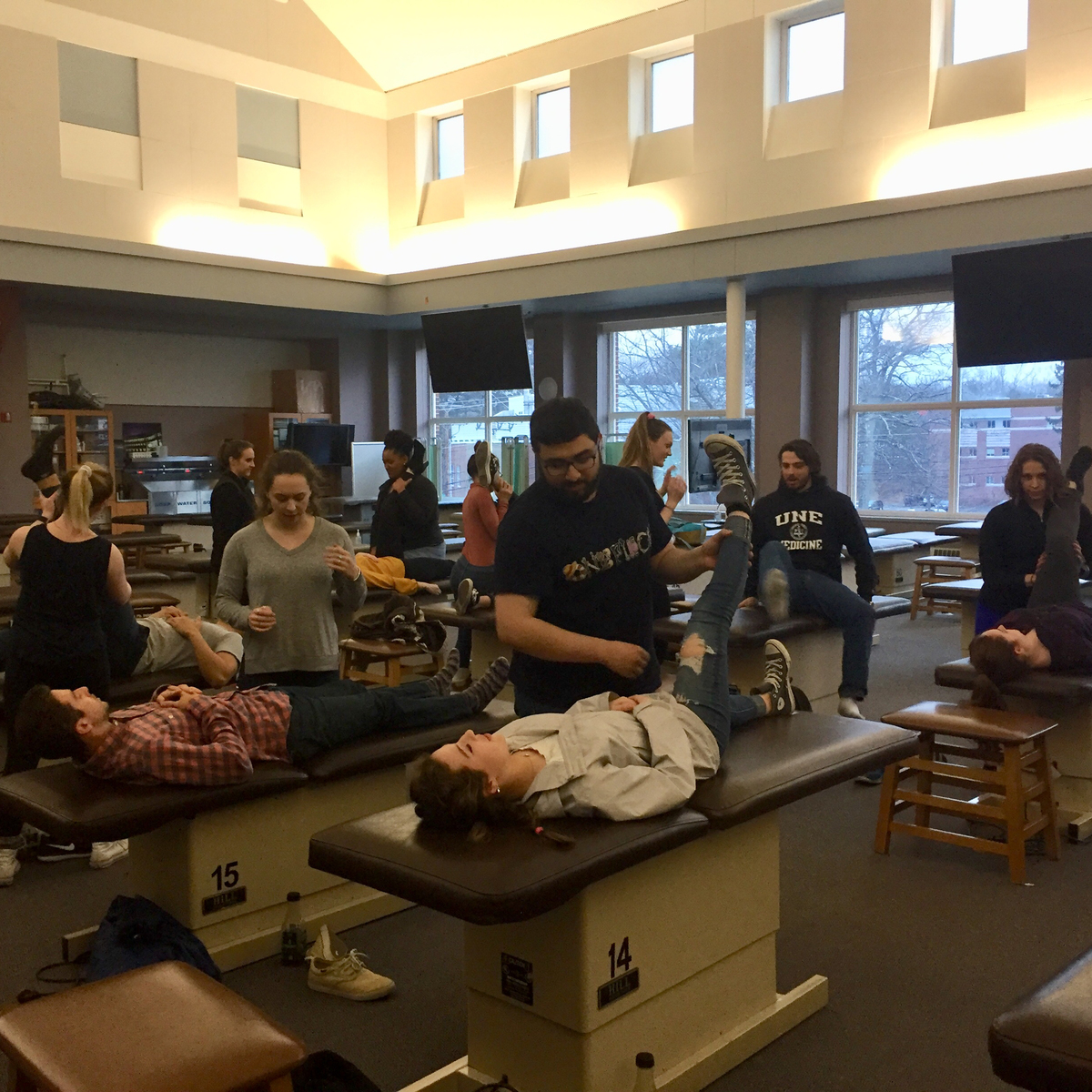 COM Students Instructing Undergrads in OMM
COM Students Instructing Undergrads in OMM
COM MENTORING DINNER
The final COM Mentoring Dinner of the semester was a great success. In April, undergraduate students in the health professions at UNE attended the dinner with first- and second-year COM students to learn more about what it is like to be a medical student at UNE COM. COM students answered questions the undergraduates had pertaining to their academics, studying, and general life/balance. At the end of the evening, COM students gave undergrads an instruction in Osteopathic Manipulative Medicine (OMM), the bread and butter of Osteopathic Medicine. The Mentoring Dinners have been successful in introducing undergrads to medical student life firsthand, and encouraging them to attend more events in the future.
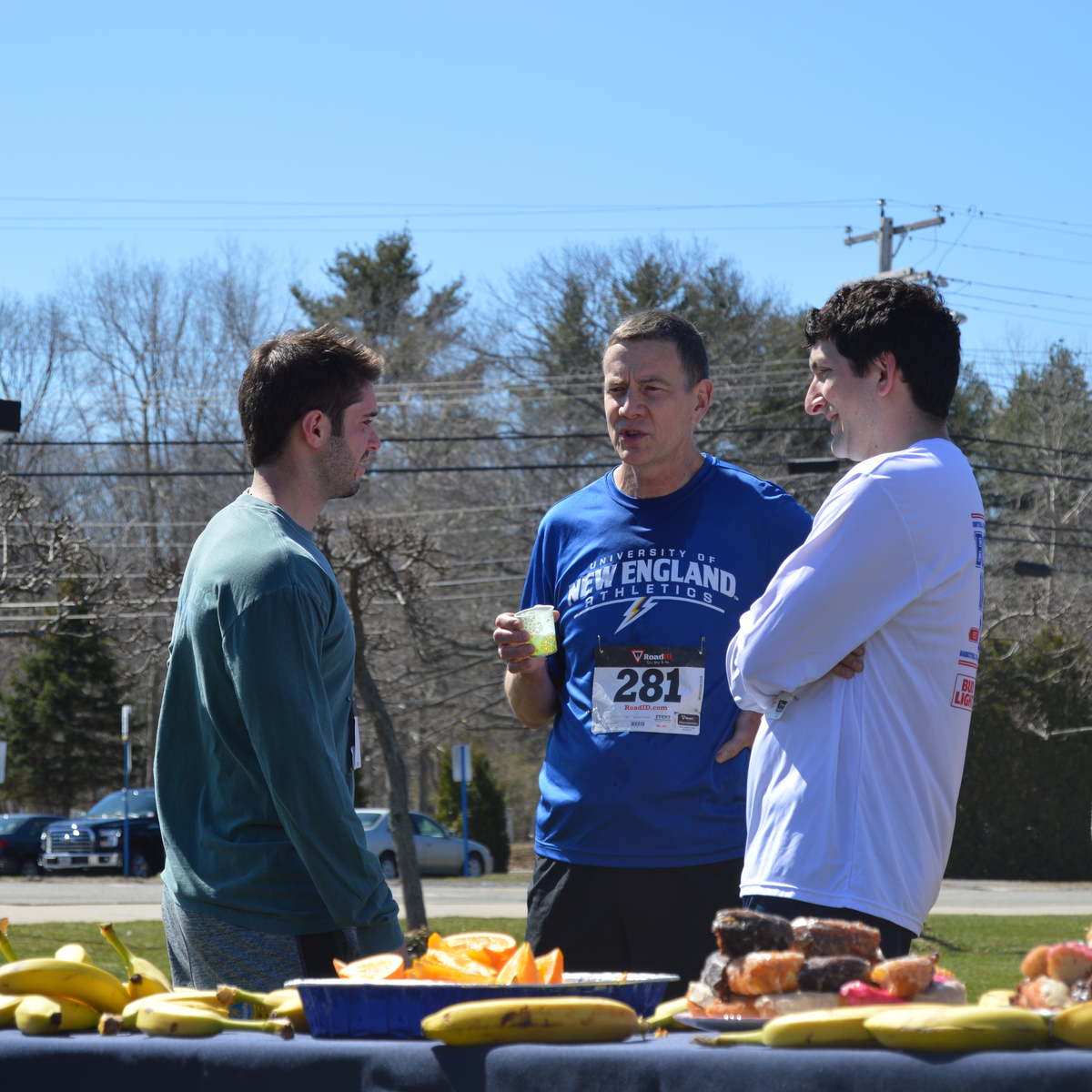 COM students chatting with President James Herbert after the race
COM students chatting with President James Herbert after the race
EARTH DAY 5K
COM students and staff took time out of their busy Sunday to participate in the Earth Day 5K, sponsored by the Division of Student Affairs. The event took place on Sunday, April 22 in honor of Earth Day. Participants had the choice to run or plog (picking up trash while jogging). Fresh fruit and Holy Donuts (donuts made with potato flour for those who have not had the pleasure) were available for participants as well as a lunchtime BBQ. President Herbert also ran the race and stuck around afterwards to congratulate the runners and ploggers.
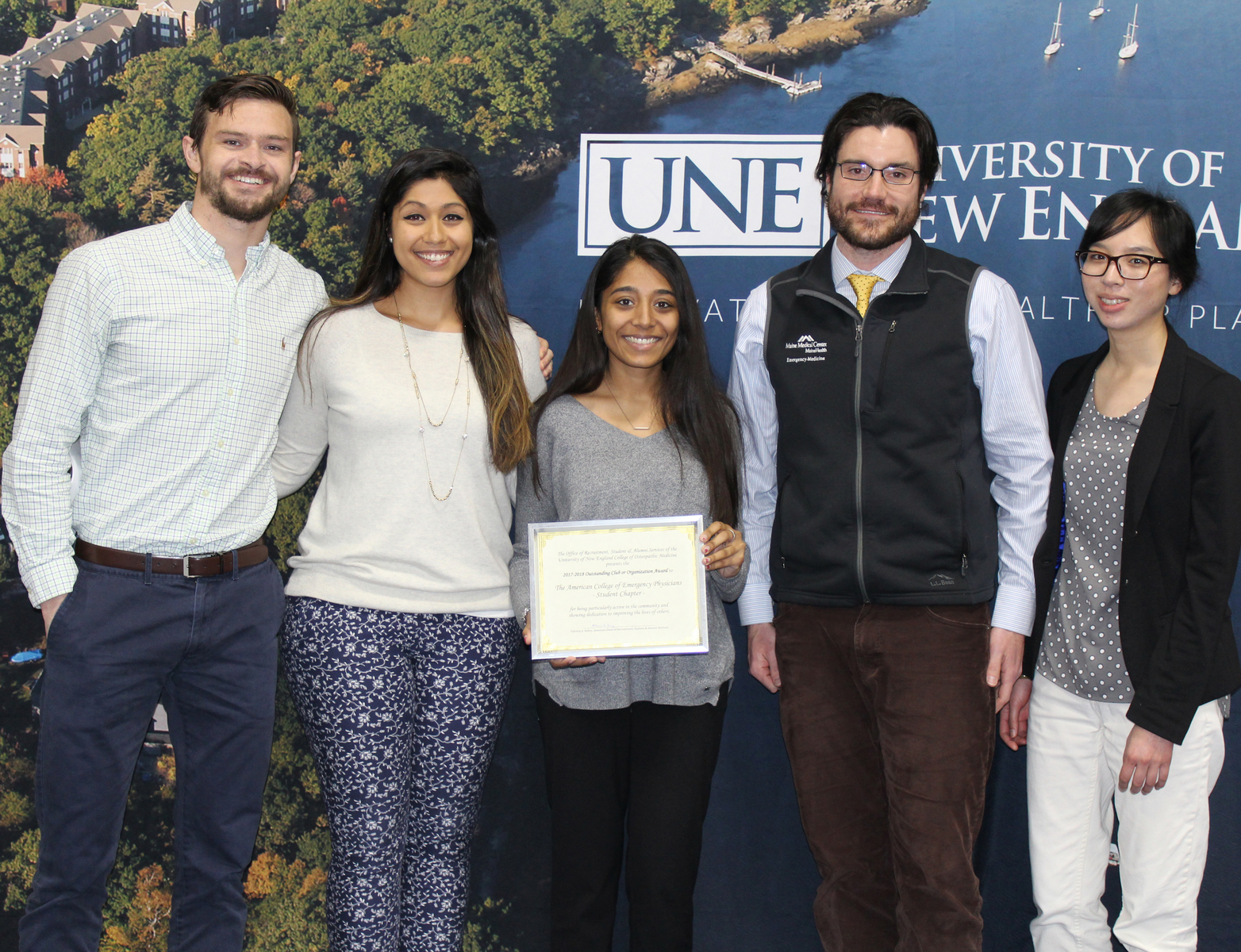 The American College of Emergency Physicians accepting their Outstanding Club or Org Award
The American College of Emergency Physicians accepting their Outstanding Club or Org Award
END OF THE YEAR BBQ & AWARDS CEREMONY
The annual UNE COM End of the Year BBQ & Awards Ceremony occurred on Wednesday, April 25 in the Campus Center Gym. The celebration started off with a beautiful musical performance by COM’s a capella group, the Sympathetic Tones. Welcome and opening remarks were given by the Dean of the College of Osteopathic Medicine and Vice President of Health Affairs, Jane Carreiro, D.O. and Associate Dean of the Office of Recruitment, Student & Alumni Services, Patricia Kelley.
The Translating Osteopathic Understanding into Community Health (TOUCH) Awards were presented by Sean Byrne, OMS-I, TOUCH Coordinator. TOUCH is a national initiative through AACOM’s Council of Osteopathic Student Government Presidents (COSGP). As the TOUCH Coordinator, Sean supports engagement in community service by reading and approving thousands of volunteer hours based on predetermined criteria. This year, COM students banked more than 3,000 TOUCH hours.
Students who acted as Tour Guides and Student Interviewers were also recognized by Tracie Purcell and Elise Murphy from the COM Office of Recruitment, Student & Alumni Services. The Student Government Association (SGA) Class Officers, and the Clubs & Orgs (C&O) Officers were congratulated for their hard work and success this year by Associate Dean Kelley. The passing of the gavel was presented by the current SGA President, Tom Wickham, OMS-II to the incoming SGA President, Maria Jones, OMS-I. Due to her love of bright colors, the gavels were painted in fluorescent colors.
The Notable Start-Up Award, presented by Maria Jones, OMS-I, was awarded to the WellCOM Support Group, started by Steven Ferro, OMS-I. Steve was awarded the Outstanding Individual Effort Award, presented by Martin Tehan, OMS-II, for his passion to help others and his dedication to making WellCOM a success. The Outstanding Club or Organization Award, presented by Danielle Sultan, OMS-II, was given to the American College of Emergency Physicians.
Marilyn Gugliucci, Ph.D. presented the Humanism in Aging Action Awards. Notable mention went to Aretha Kou, OMS-II, third place to Drew Oyama, OMS-I, second place to William Ciurylo, OMS-II, and first place to Emily Shaffer, OMS-I. Jessica Brancely, OMS-II had the pleasure of announcing Amy Callahan, OMS-III as the UNE COM D.O. of the Year. Tom Wickham, OMS-II was presented with the Sigma Sigma Phi Strong Scholarship by Evangeline Green, OMS-I. The OMS-II Transition to Rotations pin was presented by Dean Carreiro, D.O. and Associate Dean Kelley.
Staff and Faculty also walked away with some of the most prestigious awards of the afternoon. Matt Smoot, OMS-I, Class of 2021 President, and Lauren Palitz, OMS-II, Class of 2020 President, presented Liz Havu with the Outstanding Staff Award. The First-Year Faculty of the Year Award, presented by Matt Smoot, OMS-I was awarded to Mark Schuenke, Ph.D. The Second-Year Faculty of the Year Awarded was presented to Hwyda Arafat, M.D., Ph.D. by Lauren Palitz, OMS-II.
Congratulations to everyone for their part in making UNE COM a success.
COM Student Clubs & Orgs
A Look at COM Students in Action
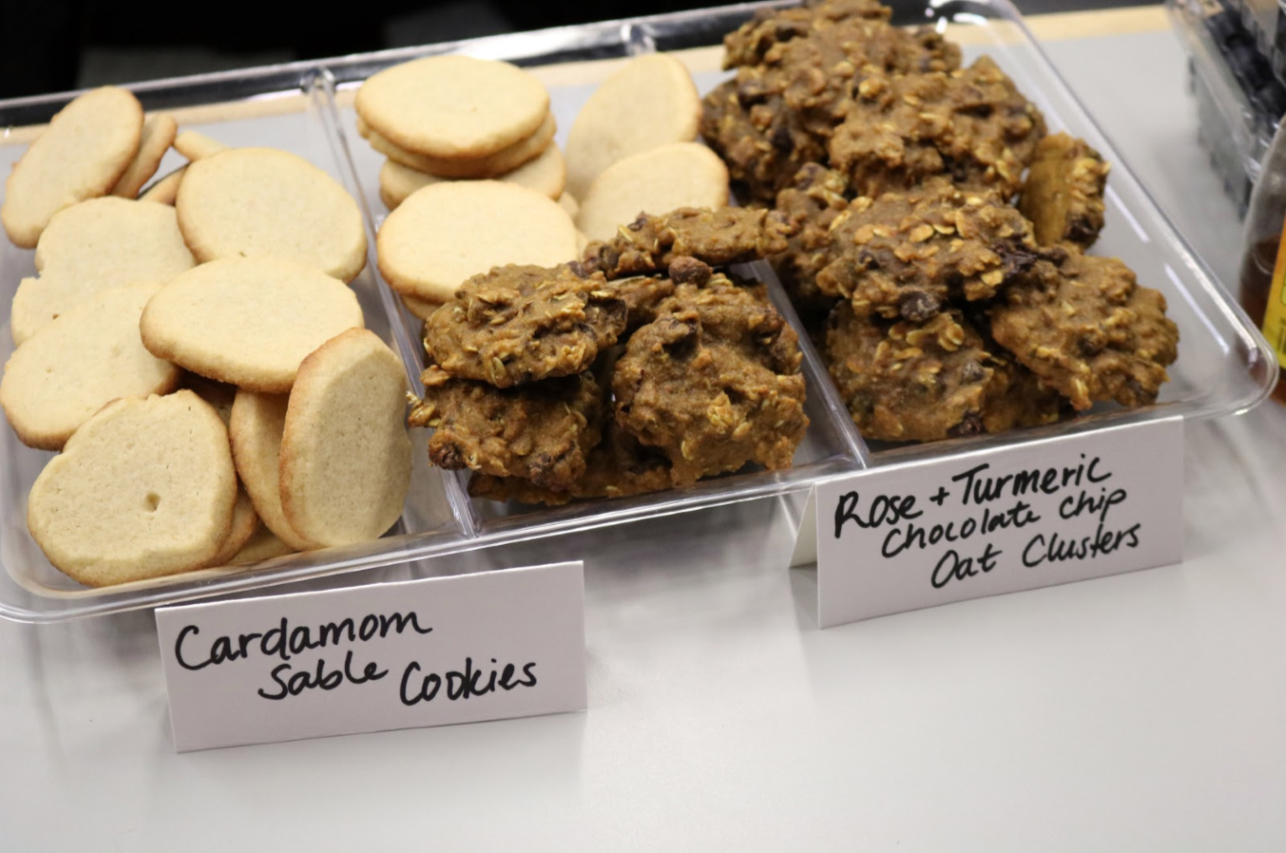 Scrumptious treats made by the Culinary Docs
Scrumptious treats made by the Culinary Docs
CULINARY TREATS (NOM NOM NOM)
The Culinary Docs showcased some of their infamous recipes at the WellCOM Week of Wellness event. Their theme was to create cheap and healthy recipes for the busy medical student. Some of their scrumptious recipes included brownie batter overnight oats, Cardamom Sable Cookies, and kale, sweet potato & dried cranberry salad.
FIRARM SAFETY
The Emergency Medicine Club held a Firearm Safety Course for their members at the Rod and Gun Club in Scarborough, Maine. Frank Wheat, the committee chairman for the Scarborough Fish and Game Association, was the instructor for the event and taught the students how to safely handle the guns, properly load and fire them. Many of the students had never handled a gun before and took the opportunity to learn as much as they could in one day. The rising debate on guns made this event particular timely and perhaps even more necessary as guns become more abundant in both public and private arenas. It is evident that physicians will need to know the risks for their patients, and how to best address the gun safety concerns during the history and physical.
NOM WEEK
The Clubs and Orgs have been working on National Osteopathic Medicine (NOM) Week since the beginning of March. This year, the goal was to fill the week with events ranging from advocacy, outreach, education, and service-based programming. In addition, they wanted to use COM social media platforms to raise awareness of the events themselves and the purpose of NOM Week, which is to increase awareness of what D.O.s do, osteopathic medicine, and the contributions of D.O.s across the nation. This year, NOM week took place April 15–21, 2018.
To get them started, Tom Wickham, OSM-II, the Student Government Association President, shed some light on what NOM week might mean for them as they think about what to focus on over the next few weeks. The meeting sparked discussions on how to engage the undergraduate population at UNE. One group wondered how they could make events open to the public. Watch Wickham’s Speech
In honor of the National Osteopathic Medicine (NOM) Week, students from the Orthopedics/Sports Medicine Club, Student Osteopathic Surgical Association (SOSA), Student American Academy of Osteopathy (SAAO), and Culinary Docs set-up shop outside Alfond on Wednesday, April 18 to showcase their talents for the greater community.
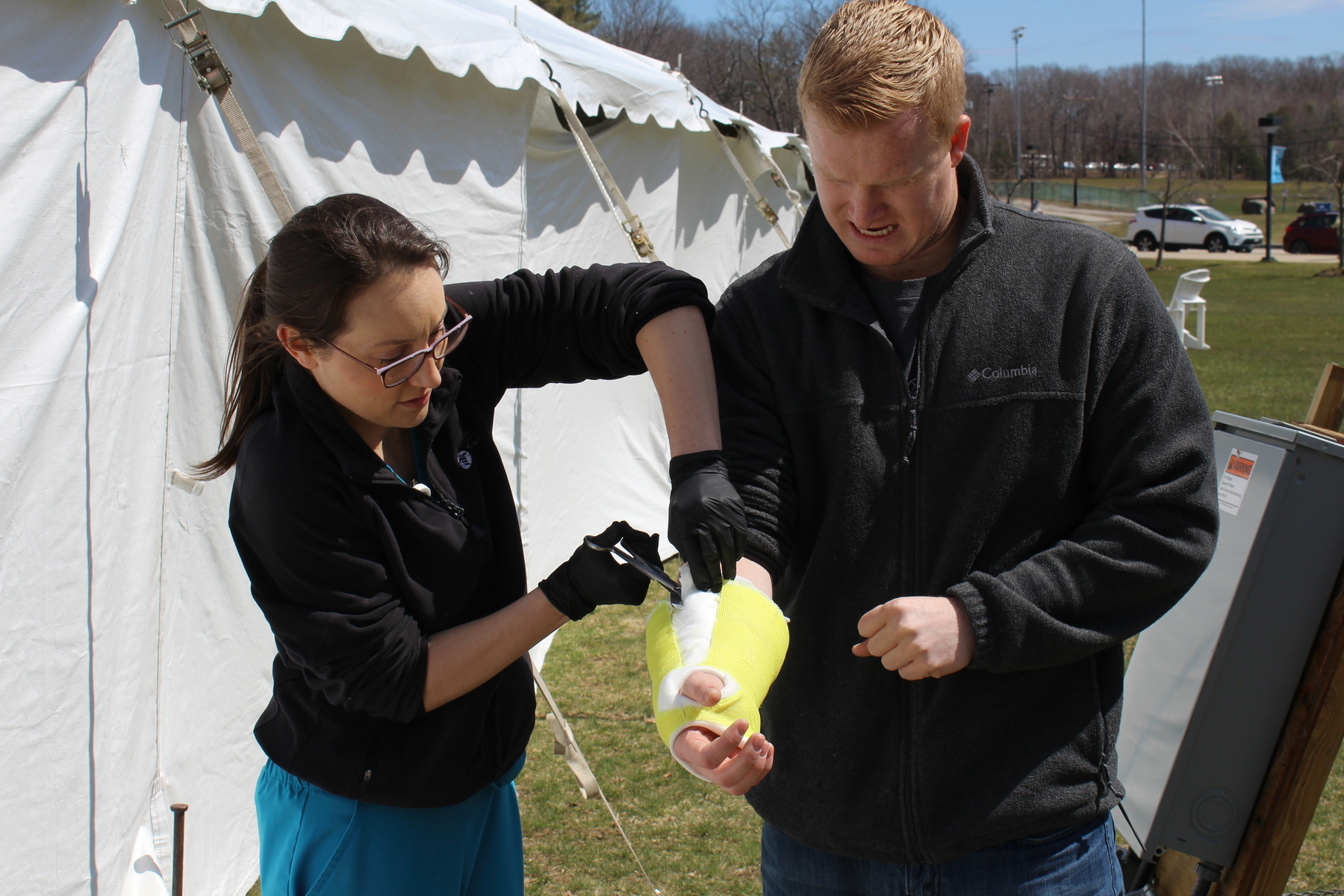 Lauren Blaisdell, PA-C & Connor Richard, OMS-I
Lauren Blaisdell, PA-C & Connor Richard, OMS-I
Lauren Blaisdell, P.A.-C from Southern Maine Health Care joined in the fun by showcasing how to cast and remove casts during the Ortho/Sports Medicine Club's casting demonstration.
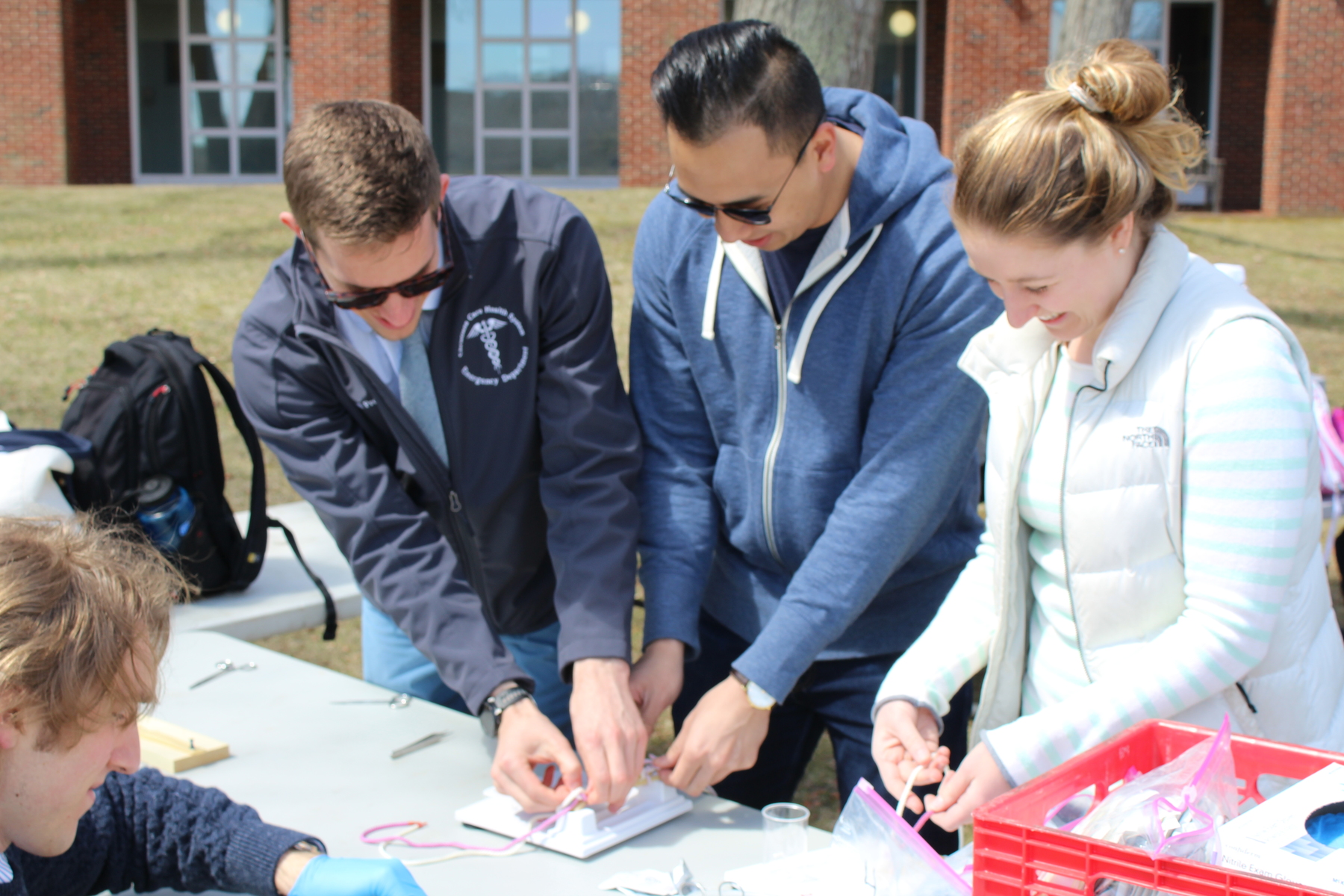 SOSA demonstration during NOM Week
SOSA demonstration during NOM Week
The Student Osteopathic Surgical Association leant a hand, showcasing their talents with different types of string. Spectators could try their hands at tying colored string to give them an idea of how they were progressing before upgrading to a much narrower surgical thread. Culinary Docs also brought healthy snacks and beverages to demonstrate how medical students keep their energy up.
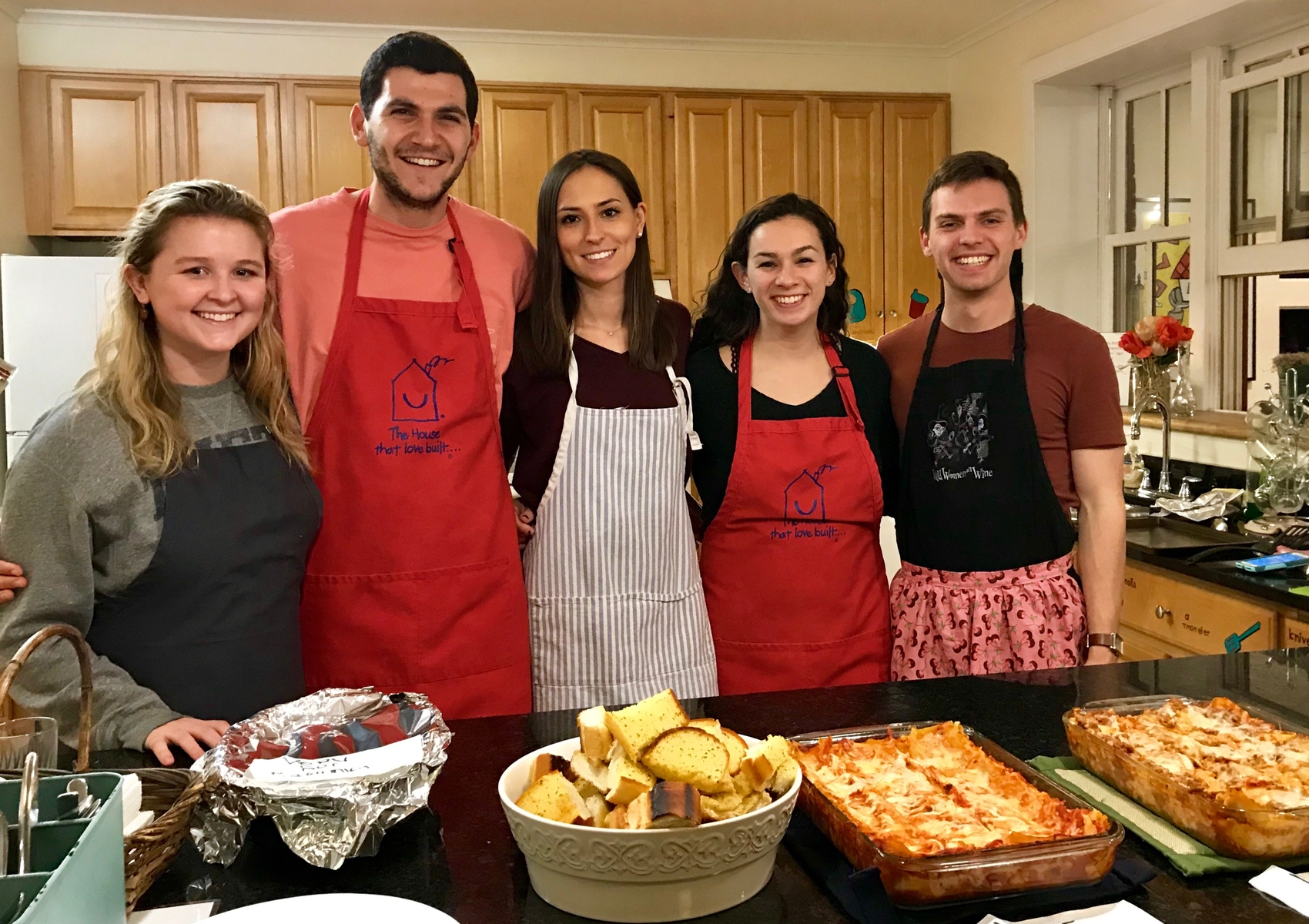 COM students trying their culinary skills at the Ronald McDonald House
COM students trying their culinary skills at the Ronald McDonald House
RONALD MCDONALD HOUSE
The Pediatrics Club organized a community outreach initiative that involved COM students preparing meals for the Ronald McDonald House in South Portland, Maine. The Ronald McDonald House Charities provide comfort, support, and resources to families with ill children. The houses are conveniently located near large pediatric hospitals so that families can avoid costly hotel rooms while allowing them to enjoy more time together in a house. This spring semester, OMS-I students Max Oyer, Shenna Bannish, Molly Wilgucki, Leah Pearl, and Matthew Smoot provided a meal that included lasagna and garlic bread. Medical students may not always have the time to cook, or even eat for that matter, but pulling together to help other people in their community is something they are happy to do with a smile.
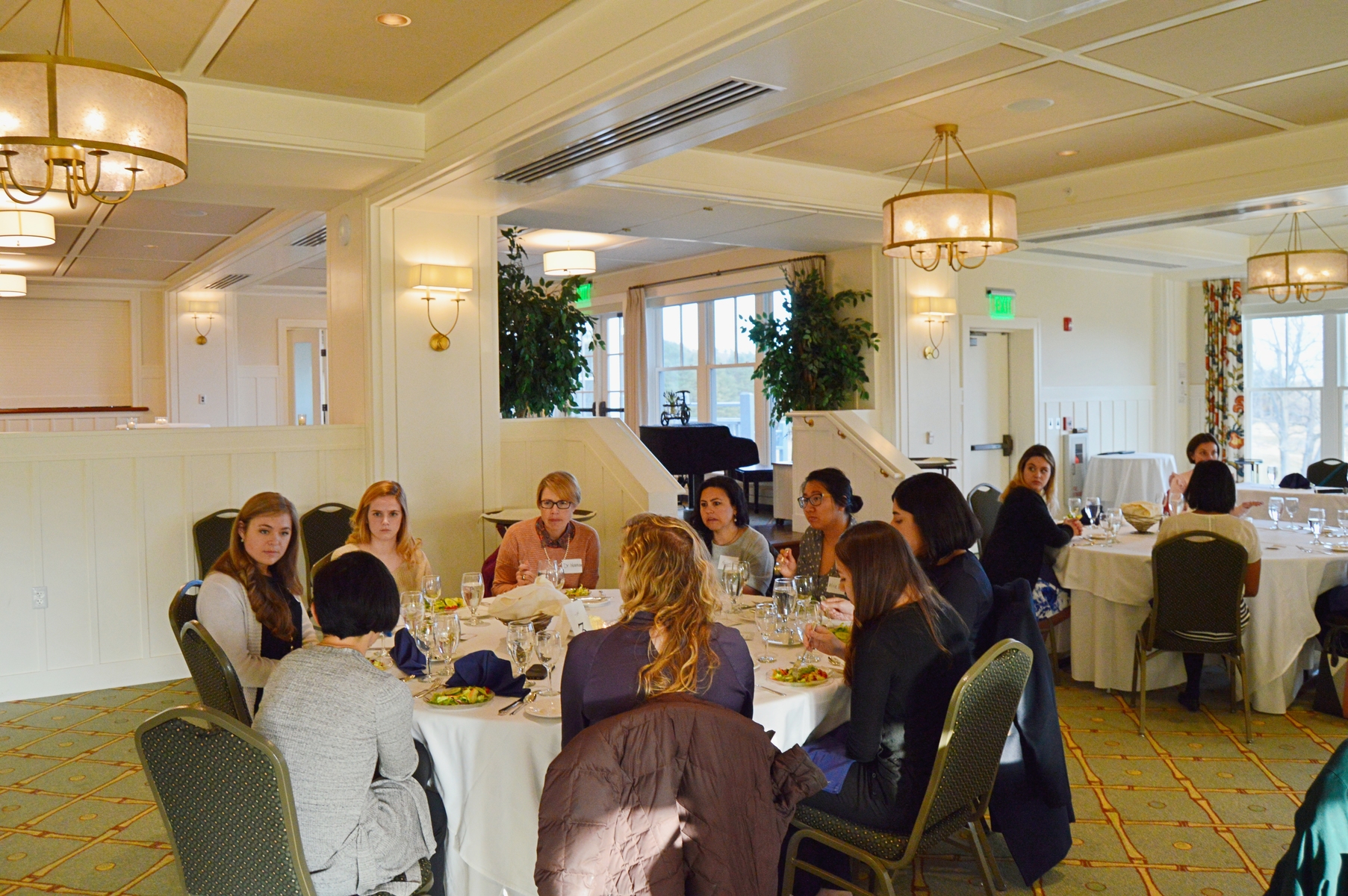
NOWPA MENTORING DINNER PARTY
On Tuesday, April 10, the National Osteopathic Women Physicians’ Association (NOWPA) hosted their annual Mentoring Dinner Party at the Portland Country Club. The dinner was a unique opportunity to network with female physicians in the local area, and to hear their experiences from their different specialties. The NOWPA officers, Lauren Irvin OMS-I, Jennifer Marsidi OMS-I, Audrey Petteruti OMS-II, and Elizabeth Monis OMS-II organized the event and had twenty-six first-year COM students participate.
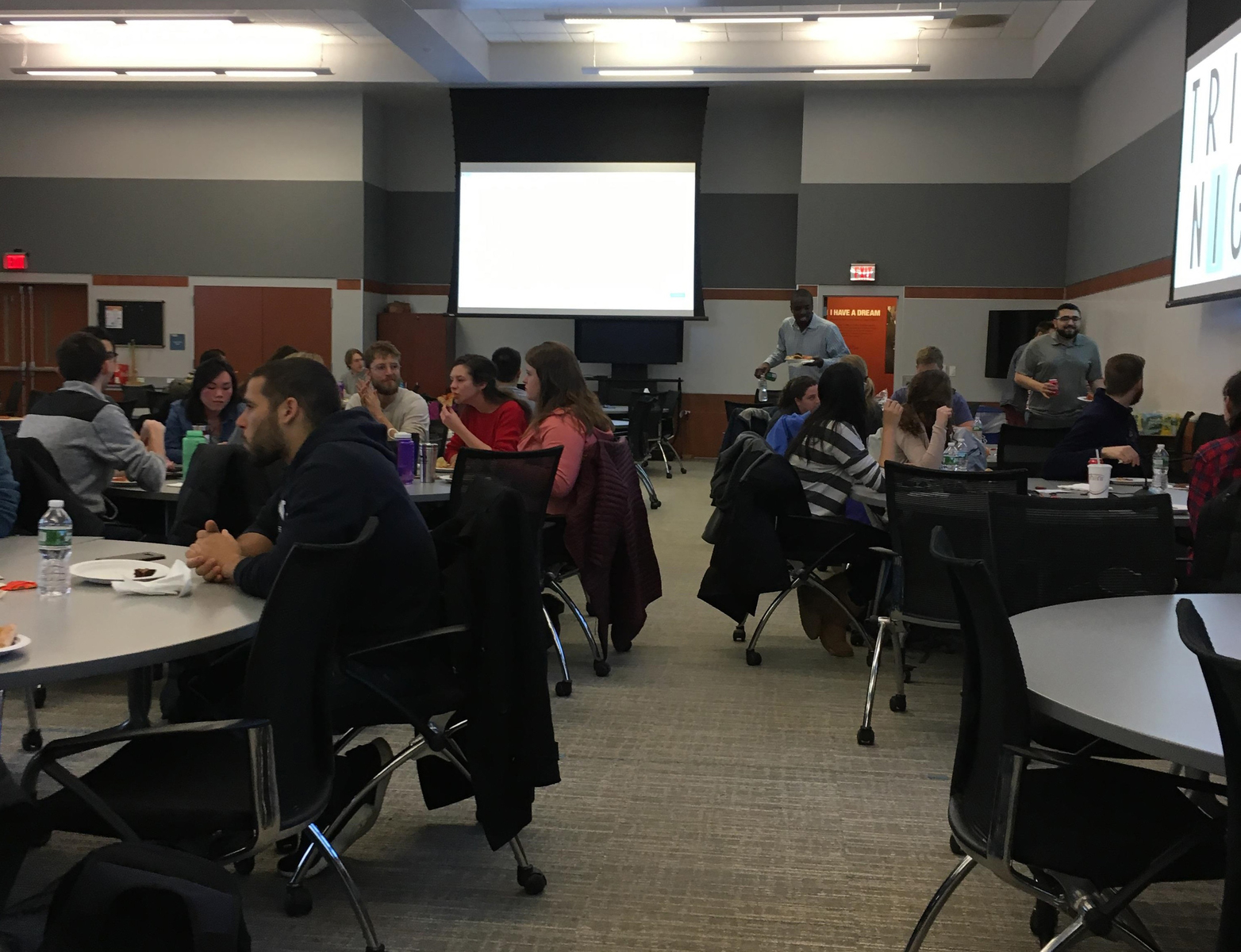 COM students in their teams for Trivia Night
COM students in their teams for Trivia Night
UNE COM IS ANYTHING BUT TRIVIAL: TRIVIA NIGHT FOR NICARAGUA
The Global Health Club organized a Trivia Night on March 20 from 6:30–8:30pm to help buy medications and equipment for their trip to Nicaragua. The event featured great prizes including gift cards to the climbing gym, restaurants, and a gift bag from Allagash, a local brewery. For an $8 donation, participants had access to free food, homemade baked goods, and a ton of fun.
There were well more than 100 students in Leonard Hall, testing their skills at trivia. Teams came up with creative names, such as A.T. Skillz, as added motivation and possibly to psych out the competition. Brains were working to determine who won Superbowl XX or who was the most Googled celebrity of 2017 (it was Meghan Markle). Each round featured a bonus question about a COM faculty member, such as who plays the mandolin poorly, or who was an equestrian in college. The Office of Recruitment, Student & Alumni Services (RSAS) joined in the fun to raise money for the Global Health Club's Nicaragua trip, and may not have been a top scorer (definitely not), but had a lot of laughs.
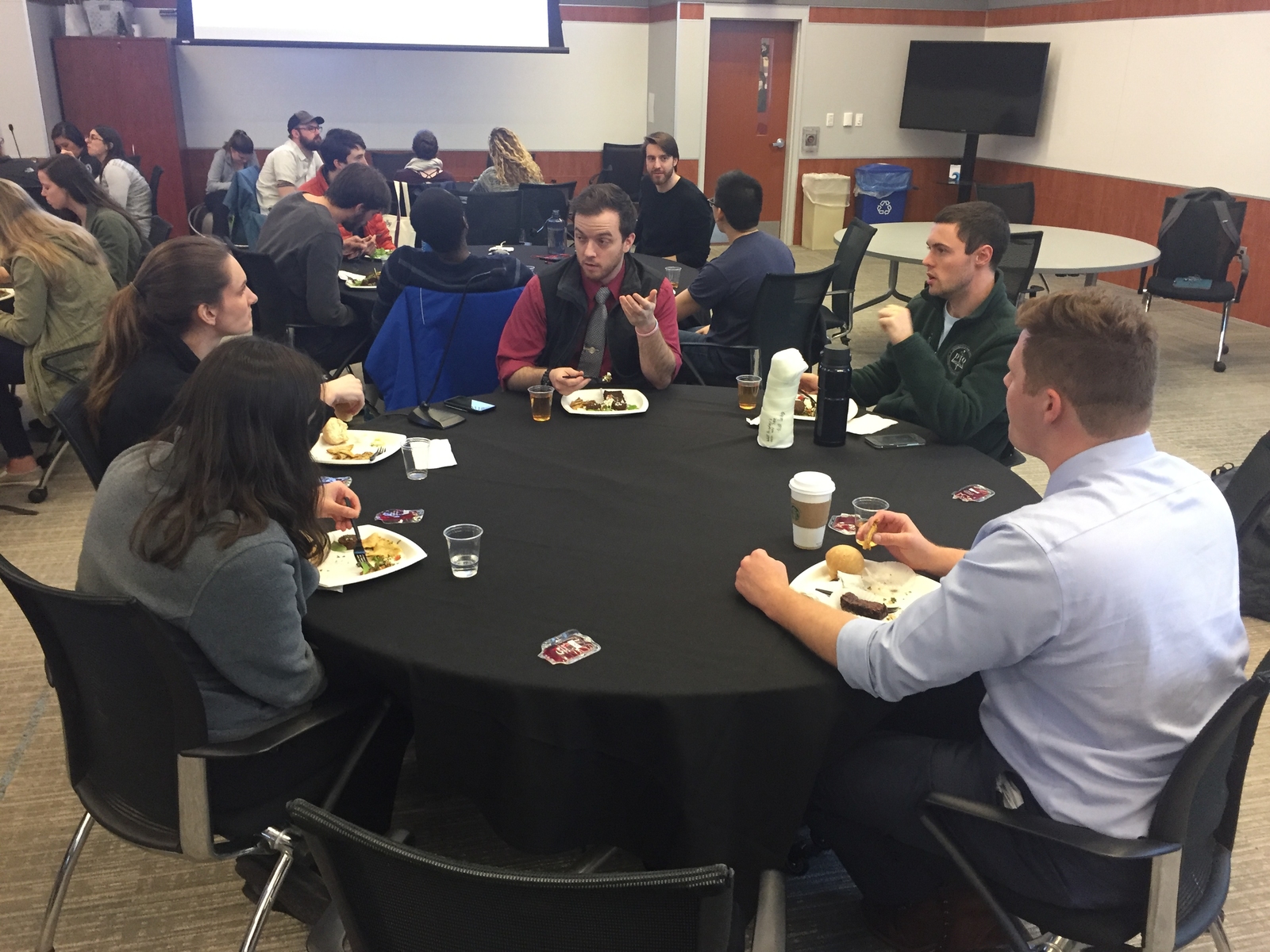 C&O Officers enjoying their much deserved dinner
C&O Officers enjoying their much deserved dinner
CLUBS & ORGS TRANSITION DINNER
The COM Clubs and Organizations (C&O) Transition Dinner took place in April. The event recognized the officers stepping into their new roles for the upcoming academic year, and paid homage to the officers transitioning out for their dedicated service and leadership. The event was very well attended, and highlights the great mentorship that exists between first and second-year COM students. Second years, who are making the transition off-campus for third year rotations, inspired first-year students to fill the roles they are leaving behind to continue the service, education and advocacy work that drives the clubs and orgs at UNE COM.
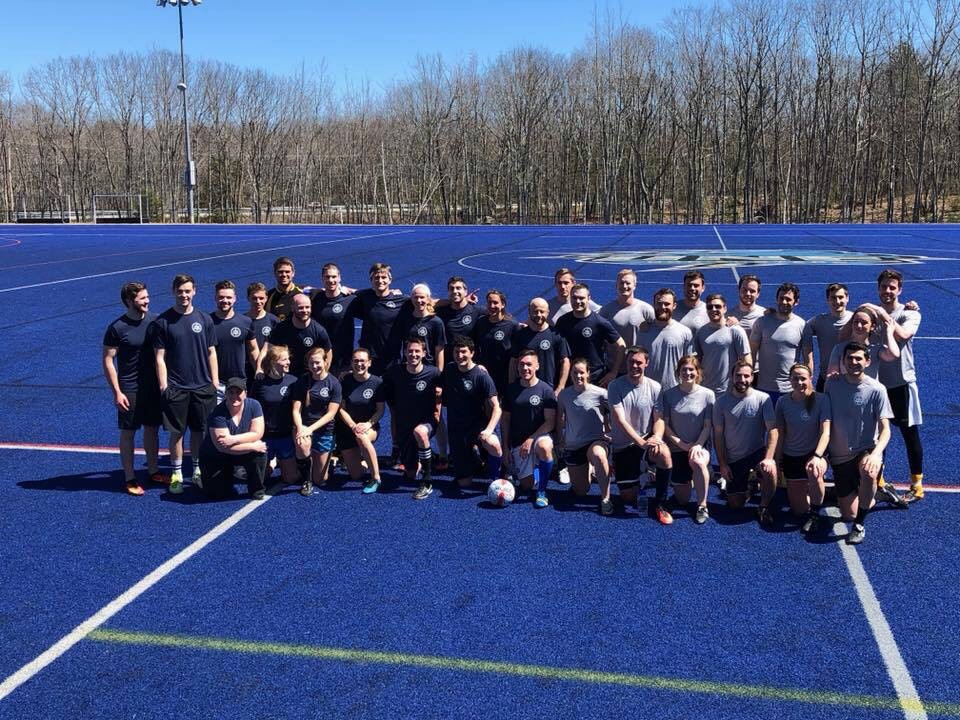 First and second-year COM students before competition
First and second-year COM students before competition
UNE COM CUP SOCCER GAME
First and second-year COM students took to the blue turf field for the UNE COM Cup Soccer Game on Earth Day 2018. The event was sponsored by the American Medical Student Association (AMSA) and the COM Research Club, and was the promised subsequent competition after the fall Chili Bowl game in which the second-years were victorious. This round, the first-year COM students won the UNE COM Cup, but the second years certainly kept them on their toes to make them earn each and every goal.
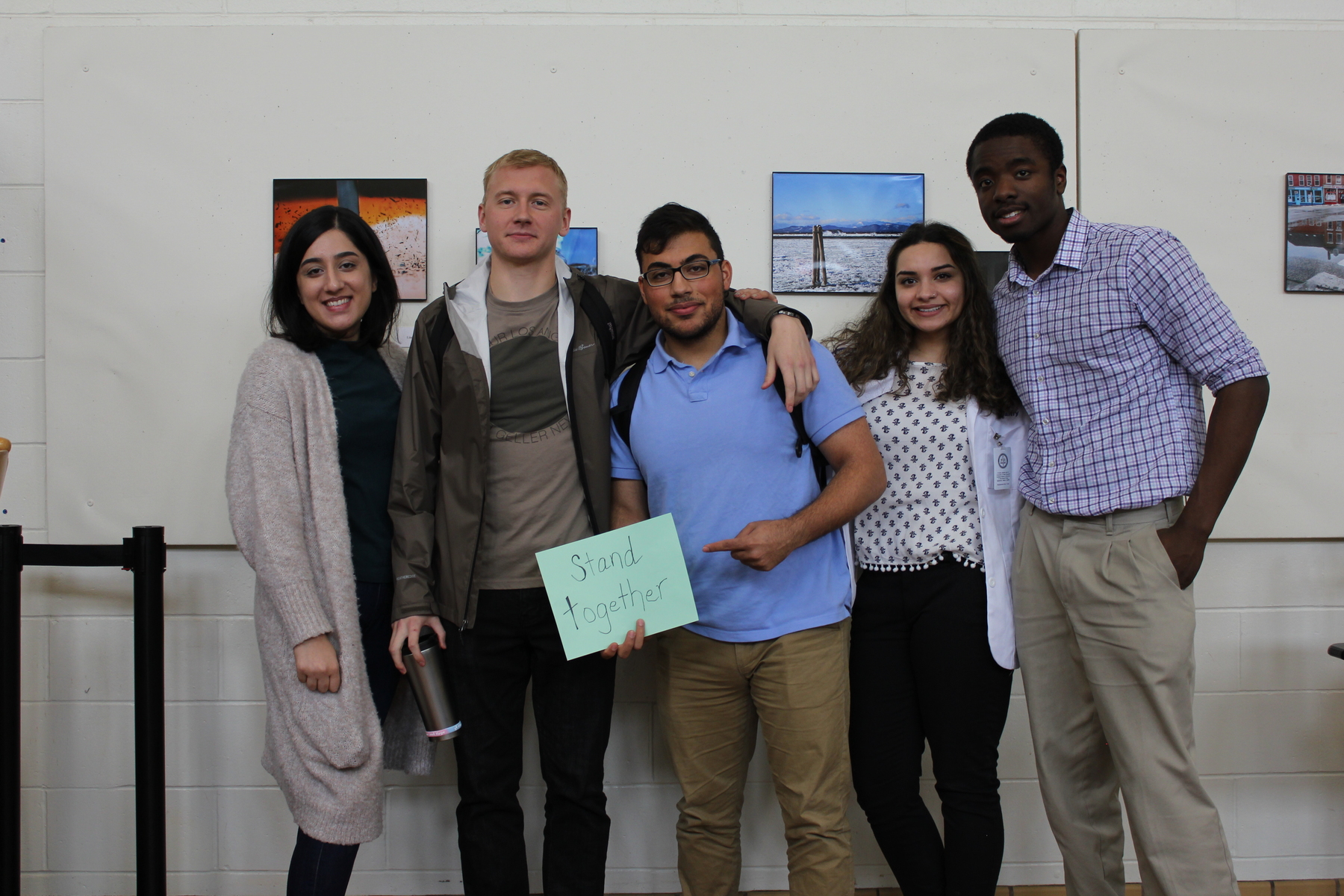 COM students showing their support at Denim Day
COM students showing their support at Denim Day
DENIM DAY FOR SEXUAL ASSAULT AWARENESS
On Wednesday, April 25, COM students and faculty gathered in the UNE Campus Center for Denim Day, a national sexual assault awareness campaign. The event was sponsored by Medical Students for Choice (MSFC) and the National Osteopathic Women Physicians’ Association (NOWPA). Students wore their best denim for the occasion and had passersby participate by writing a message on a piece of paper and posing for the event. As part of their advocacy work, the groups also collected donations for Caring Unlimited, York County’s Domestic Violence Program, in order to support survivors of domestic and sexual violence.
UNE COM in the News
UnCOMpromising COMmitment to Our World & COMmunity
COM STUDENT AWARDED THE JAMES MCKENNEY STUDENT TRAVEL AWARD
COM student Rachel Sluder, OMS-IV was awarded the James McKenney Student Travel Award by the Association for Gerontology/Geriatrics in Higher Education (AGHE). She was one of ten students selected from a pool of 70 applicants. The award is named after a Maine resident, James McKenney, whose love for education and through talks with the director of geriatrics education and research at UNE COM, Marilyn Gugliucci, Ph.D., inspired him to donate part of his estate toward student education on aging. The award allows students to participate in the AGHE Annual Meeting.
At the end of the annual meeting, award recipients were asked to write about their experience at the AGHE Annual Meeting. Rachel Sluder, OMS-IV wrote:
As a medical student about to graduate, this was such a valuable experience for me. This conference impressed upon me the significance of interprofessional work in the field of geriatrics. I could see that this is a given in the world of gerontology, and every presentation was infused with this philosophy. This was further highlighted in the presentations that focused on undergraduate education, as such courses are often geared towards students entering a variety of fields that involve important work with older adults, whether it be social work, nursing, academic gerontology, or medicine. Very soon, I will become a physician, and attending this conference reminded me that providing the very best care for older adults involves trained, caring people from all fields.
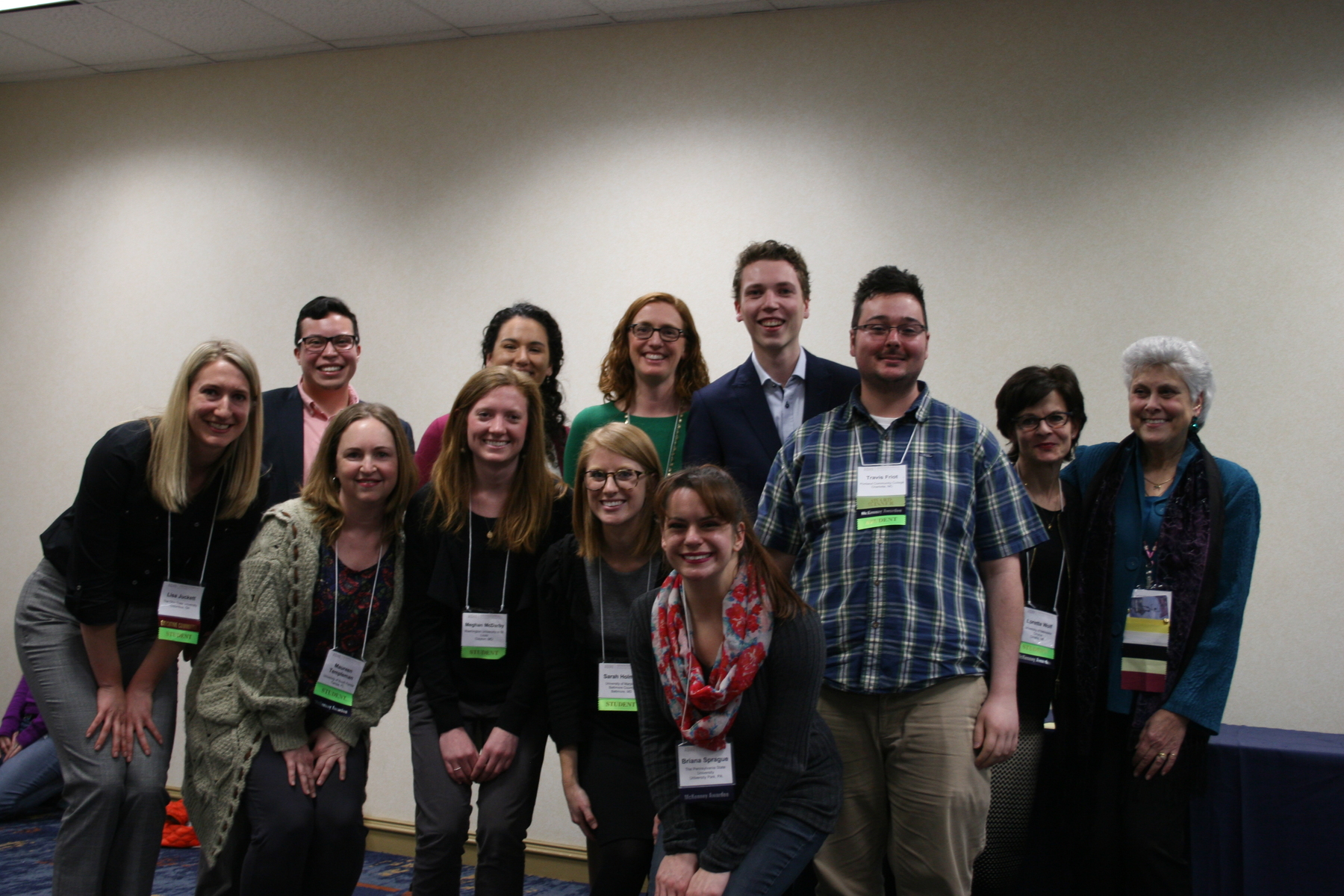 Rachel Sluder, OMS-IV, back row, third from the left
Rachel Sluder, OMS-IV, back row, third from the left
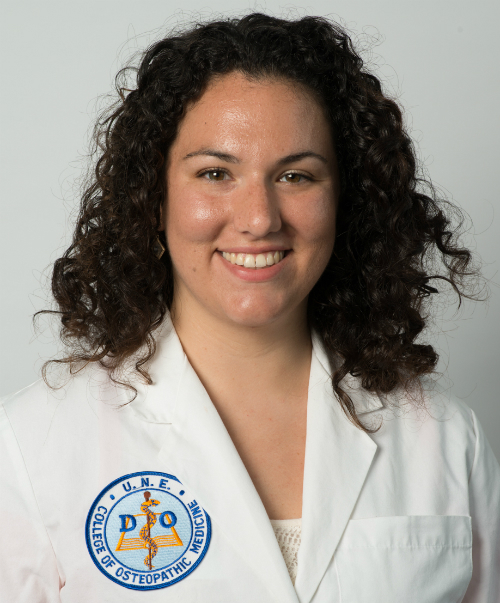
Below is a visual representation of UNE COM News for Spring 2018
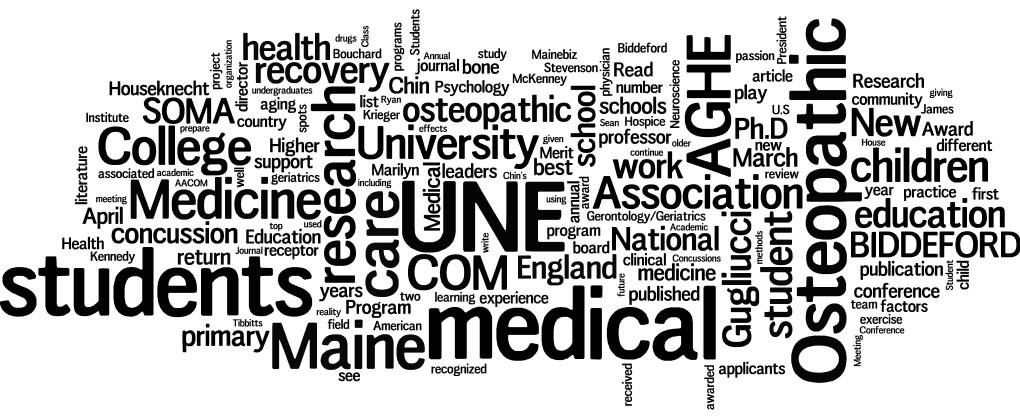
Alumni Notes
SPEED NETWORKING
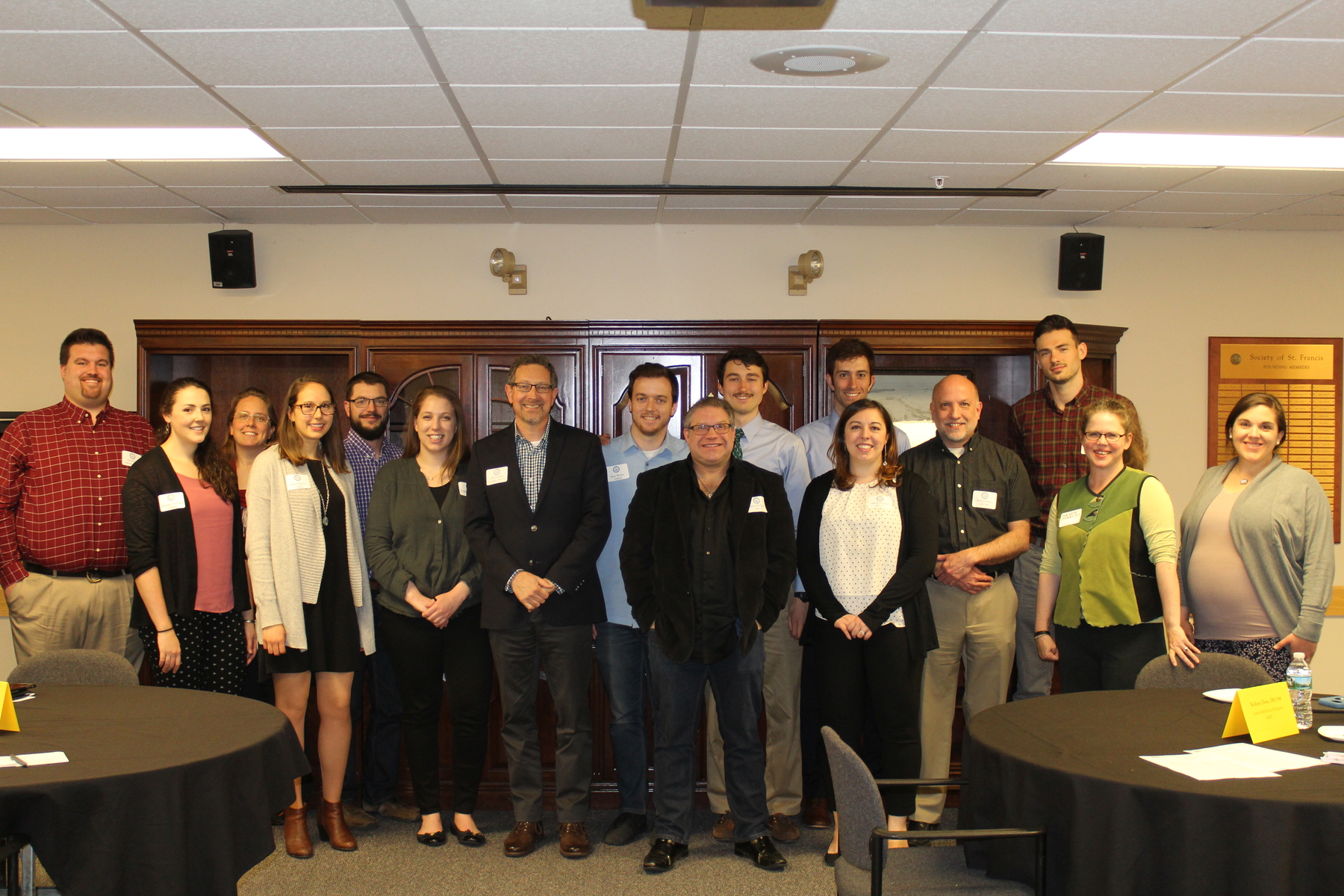
The COM Office of Recruitment, Student & Alumni Services organized a Speed Networking event for first-year COM students on Saturday, April 28. The event featured local UNE COM alumni practicing in various specialties including family practice, pediatrics, internal medicine, addiction medicine, anesthesiology and more. The students who participated liked the low physician to student ratio, which allowed alumni to share their experiences. The open format also allowed the conversations to be more organic and lead to some really great discussions such as leadership opportunities. The president of the Maine Osteopathic Association, Meridith Norris, D.O. surprised the students with her presence at the event; she was their White Coat Ceremony speaker back in November. Her presence added another dimension with her leadership experience in the MOA, and her expertise in addiction medicine. Of the participants who offered their feedback of the event, 100% of both physicians and students said they would participate again in the future.
Thank you again to all the alumni who participated: Joan Pelletier, D.O. '08, Christopher Renaud, D.O. ’09, Christopher Abbott, D.O. ’13, Robert Dow, D.O. ’99, Brian Kaufman, D.O. ’02, Christopher Pezzullo, D.O. ’93, Martha Gilman, D.O. ’09, and Maria Boylan, D.O. ’12.
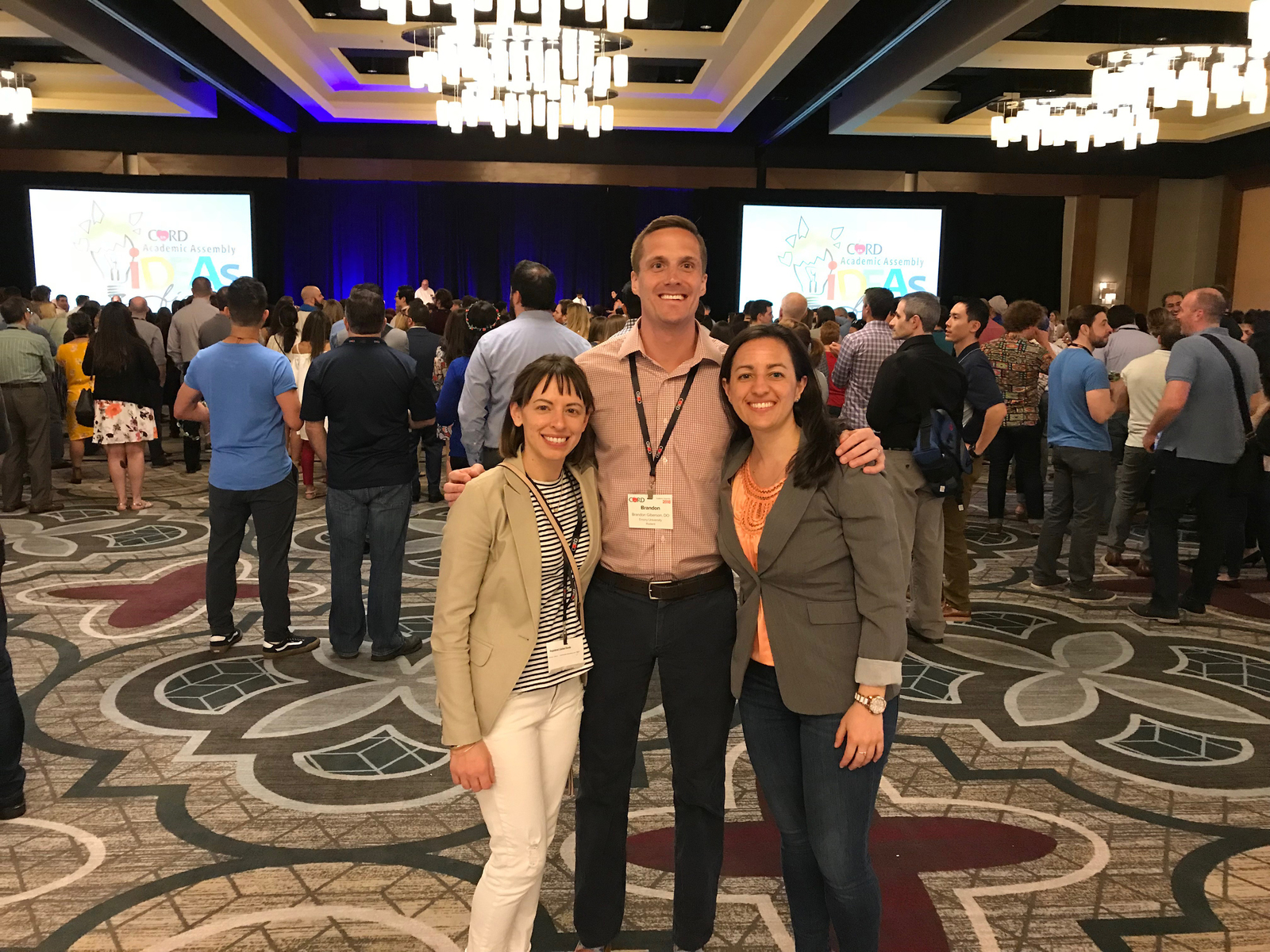 UNE COM 2016 graduates, Sarah Watson, D.O., Brandon Giberson, D.O., and Allie Doane, D.O.
UNE COM 2016 graduates, Sarah Watson, D.O., Brandon Giberson, D.O., and Allie Doane, D.O.
Sarah Watson, D.O. ‘16, Allie Doane, D.O. ‘16, and Brandon Giberson, D.O. ‘16 at the Council of Emergency Medicine Residency Conference. They will all be chief residents in Emergency Medicine at their respective programs (Christiana Care Emergency Medicine Residency Program in Delaware, University at Buffalo Emergency Medicine Residency, and the Emory Department of Emergency Medicine Residency Program).
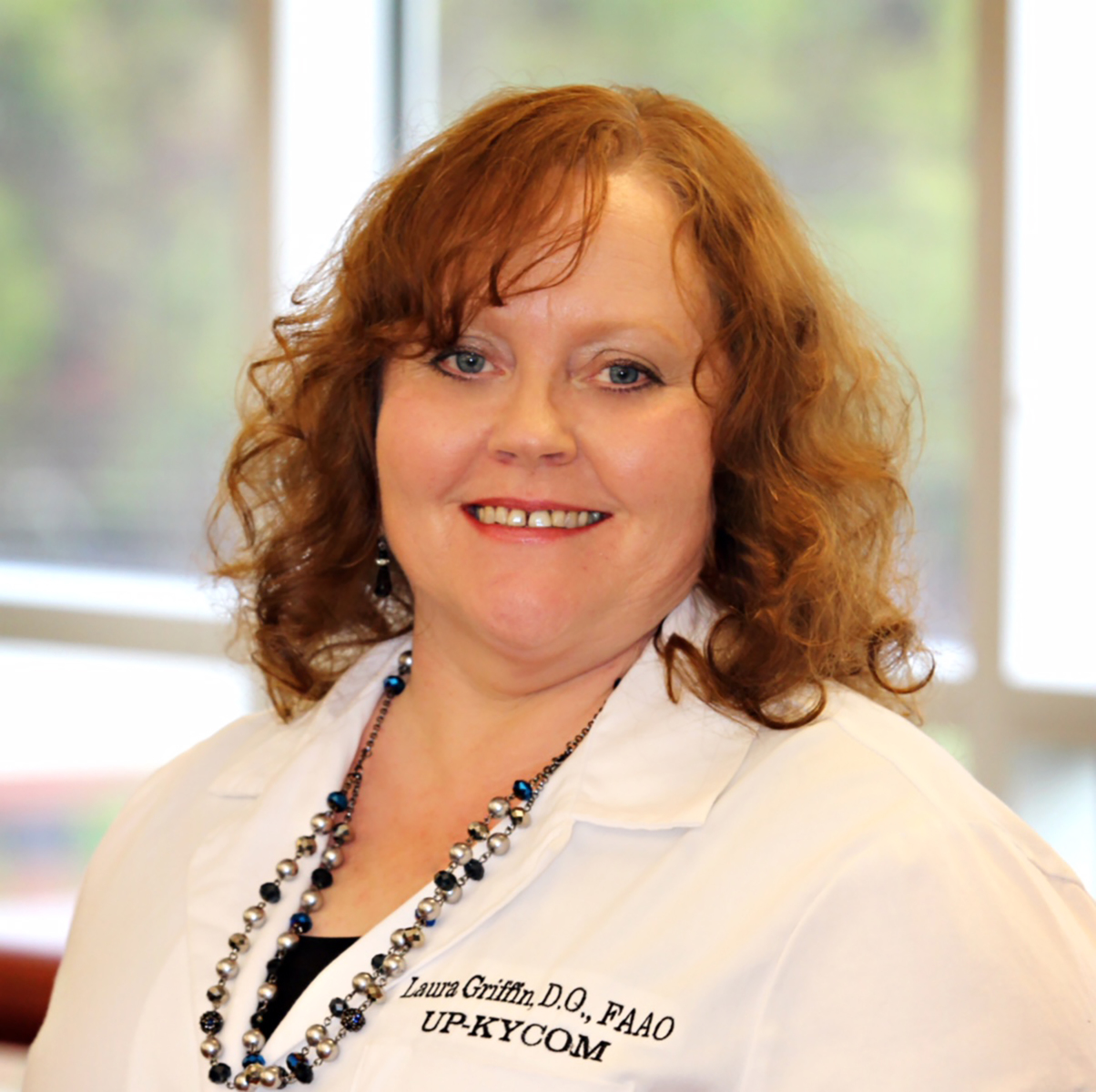 Courtesy of the American Academy of Osteopathy (AAO)
Courtesy of the American Academy of Osteopathy (AAO)
Laura E. Griffin, D.O., FAAO, a 1996 graduate of UNE COM, was recently elected to the Board of Governors of the American Academy of Osteopathy at the AAO Convocation in Dallas on March 22, 2018. The AAO is the largest medical society in the United States. Dr. Griffin was one of four osteopathic physicians from around the country elected as governor, and will serve a three-year term. Read AAO Press Release
CONTINUING MEDICAL EDUCATION
UNE COM Fall Premier CME/Alumni Weekend (Oct 19–21, 2018)
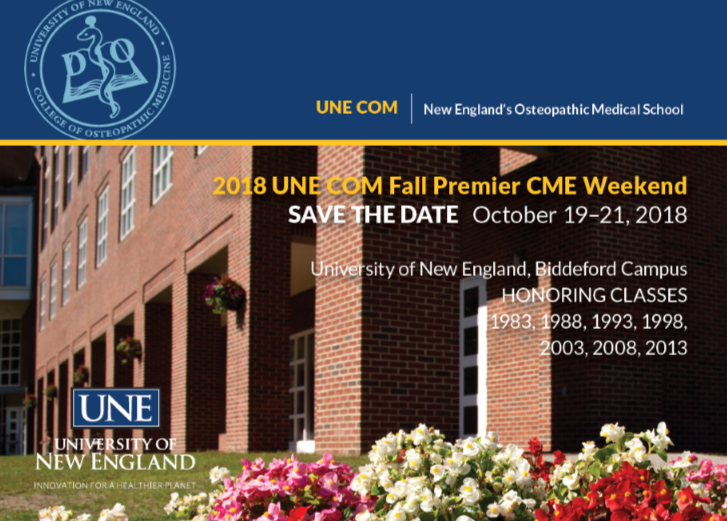
Stay on the cutting edge of primary care by joining us for an all-new CME event featuring astounding talks from UNE COM alumni and distinguished experts.
Twenty AOA Category 1-A CME credits are anticipated. Stay the whole weekend, and attend the social events to keep yourself connected. Social events will include the Founder’s and Alumni Reception on Friday evening, a New England Lobster Bake on Saturday evening, and more. The UNE COM Fall CME will take place on the UNE Biddeford Campus Friday-Sunday, October 19-21, 2018.
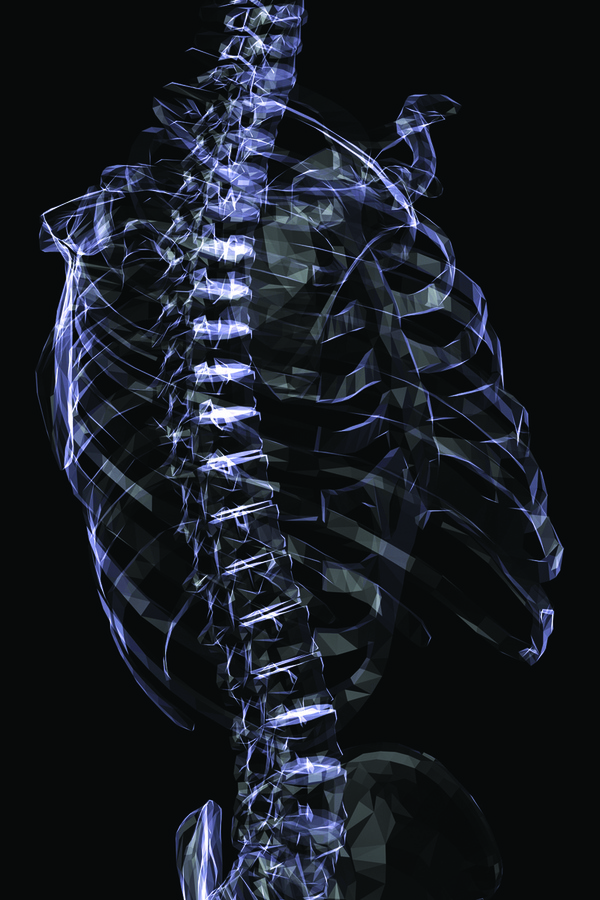
Manual Medicine Series
Hosted by the UNE College of Osteopathic Medicine, the Department of Osteopathic Manipulative Medicine and the Department of Continuing Medical Education, this series is for practicing D.O.'s, M.D., and other licensed medical practitioners looking for CME credits.
The 2018 Schedule is:
- Thorax & Rib Cage (Sept. 21–23)
- C-Spine & Upper Extremities (Nov. 9–11)
For more information or to register, view the brochure.
Save the Date
- August 4: UNE COM Mentor Networking
- August 4–6: UNE Health Careers Exploration Camp
- August 9: ROME Conference
- August 14: Research Seminar with Megan Detloff, Ph.D.
- September 9: Cycle or Stroll for Sweetser
- September 15: Donor Memorial Service
- September 21: COM Student Research Forum
- September 22: White Coat Ceremony
- October 19–21: UNE COM Fall CME/Alumni Weekend
- November 19: 2018–19 Humanism in Aging Leadership Award with speaker, Linda Fried, M.D., M.P.H.
Meme for Thought...
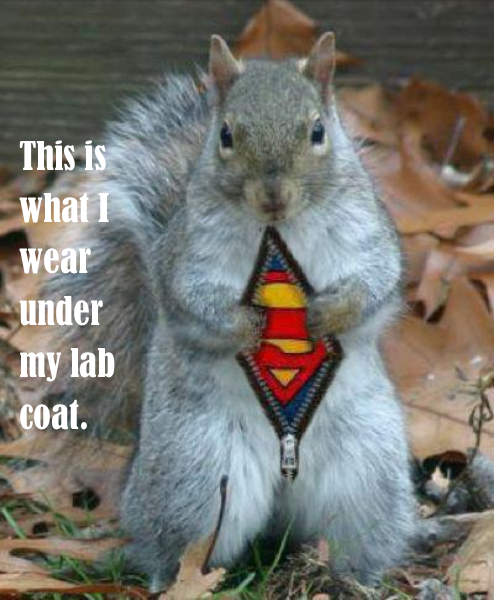
Readers: Share your memes with us. They can be ironic or frivolous, as long as they aim to amuse.
Share your stories
UNE COM: Where Your Story & Our Story COM Together
We want to feature content from our readers to show the depth and breadth of the UNE COM Community. We encourage diverse submissions including opinion pieces, short essays, creative writing, comical rants, artwork, photography, etc. Send us your reflections on conferences, lectures, presentations, community outreach, and teachings. We want to feature the work you are doing in your communities, as well as the people you have become.
We reserve the right to edit all submissions.
Follow Us on Our Social Sites
Copyright © 2018 University of New England
College of Osteopathic Medicine
All rights reserved.
Our mailing address is:
COM Office of Recruitment, Student & Alumni Services
11 Hills Beach Road
Biddeford, ME 04005
(207) 602-2329
rsas@une.edu

